Gear Trials
2016 Gear Trials Player Profile: Lance Dahl
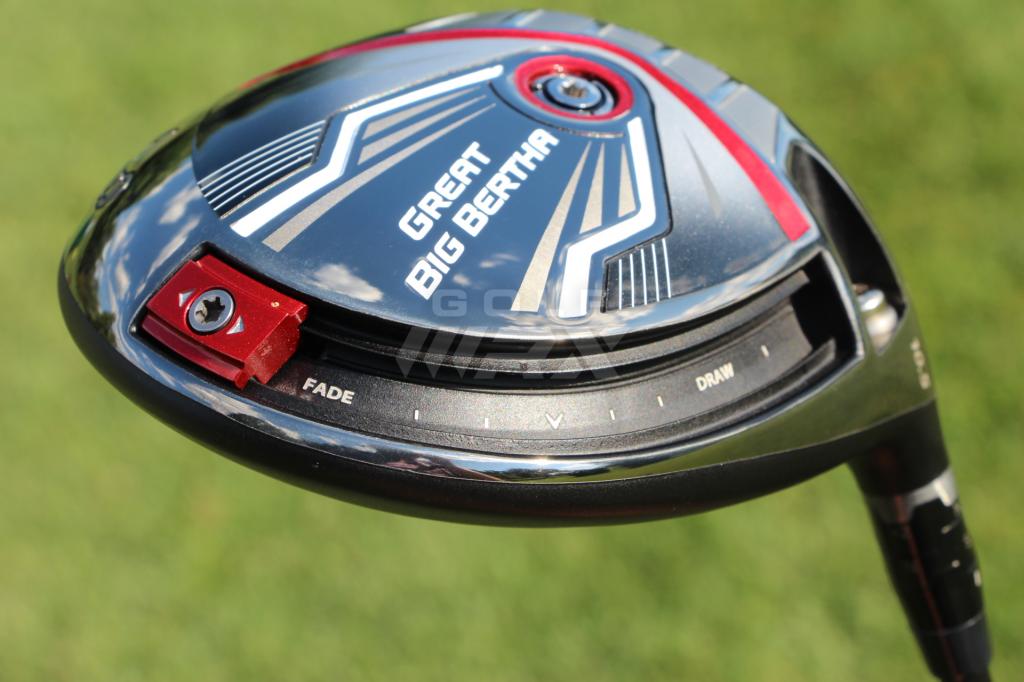
In conjunction with a top club fitter, each of the 15 testers in our 2016 Gear Trials: Best Driver Test determined what new drivers were best for their game. The top-performing driver for each tester earned a Gold Medal (1st place), the second best-performing driver earned a Silver Medal (2nd Place) and the third best-performing driver earned a Bronze Medal (3rd Place). See the results for all testers here.
All Gear Trials Player Profiles include screenshots from Trackman, showing both Optimization and Shot Dispersion charts for the drivers that earned medals for each player, as well as a tester’s “gamer driver.” Carry and Total numbers highlighted in blue show that a driver’s launch conditions are in the optimal range. To learn more about the basics of ball flight laws and the Trackman numbers used in this story, visit www.trackmanuniversity.com.
Here’s What Happened
Lance arrived to 2016 Gear Trials with a Callaway Great Big Bertha driver, and left with a Great Big Bertha driver. His fitting was proof, however, that choosing the right club head is just one part of the fitting equation. Golfers still need to find a shaft with the proper weight and flex for them, and dial in the proper loft and lie setting.
In Lance’s case, every variable except the driver head had to change, and when they did the results were not only more distance (7.5 yards), but even more impressive gains in consistency.
Callaway Great Big Bertha Data (Gold Medal)
As Lance started hitting balls in Bay 2 with Miles of Golf fitter Nate Lammers, it was obvious that his gamer driver had too much left bias, and pull hooks were the primary result. Although every once in awhile, Lance also mixed in a big slice.
“His gamer goes low and left,” Lammers said. “Then he tries to compensate and hits shots way to the right.”
Making his misses worse was the fact that Lance tended to make contact on the heel of the driver, which because of gear effect started his pulls farther left and made his slices curve even more. Things got better quickly, however, after they made a few significant changes. And Lammers and Lance thought they had found a winner in TaylorMade’s M1 460 driver.
TaylorMade M1 460 Data (Silver Medal)
“It took away any left misses,” Lance said.
With an average angle of attack of -3 degrees, Lance struggled to optimize his launch conditions due to high spin rates, but the M1’s low-spin nature helped alleviate those concerns. So, too, did the M1 460’s adjustability features, which allowed Lammers to deloft the club to 9 degrees to reduce spin and create more right bias through a more opened face angle. Lammers also slid the M1 460’s Front Track weight to the heel to increase ball speed on his most common miss. He gave Lance a Fujikura Pro 73X shaft that was roughly 10 grams heavier and a full flex stiffer than his gamer shaft, as well.
“Lance has a lot of hand action,” Lammers said. “There’s a lot of club face rotation at the bottom of his swing. Heavier, stiffer shafts will help him gain consistency.”
With the M1 460, Lance was able to make the most of his 112 mph club head speed and hit several drives in excess of 300 yards. He wasn’t able to replicate that feat with the other drivers in the test, but he was able to find more consistency from two other models.
Ping G SF Tec Data (Bronze Medal)
For example, Lance said he really liked Ping’s G SF Tec driver, the company’s draw-biased model, which he called the most-forgiving driver in the test. Its distance was limited by two factors, however; the fact that it was higher-spinning than the M1 460, and its limited loft options. The lowest-lofted G SF Tec is 10 degrees, which Lammers delofted to 9 degrees, but it still wasn’t low enough to reduce spin to optimal levels.
“If Ping made this head in 9 degrees or even 8 degrees of loft, it could work for so many slicers,” Lammers said.
Callaway Great Big Bertha Data (Gamer)
The G SF Tec ultimately ended up finishing in third place, behind the M1 460. The winner, Callaway’s Great Big Bertha, was as long as the M1 460 (both averaging exactly 285.1 yards), but was far more consistent once Lammers configured it to Lance’s needs.
First, the +1 loft setting on the 9-degree head, which made it play as a 10-degree driver, had to change. By reducing loft to 8 degrees through the -1 setting on the hosel, Lammers not only reduced spin, but gave the driver a more fade-biased trajectory. The increased fade bias actually turned out to be a little too much for him, however, so Lammers reduced it by giving the club a more upright lie angle (8D), which straightened out Lance’s drives. He also moved the sliding weight to the Draw-1 position to help Lance pick up ball speed on his most common miss.
The last piece was adding Mitsubishi Rayon’s Diamana D+ 70X shaft at 45 inches, which has a stiff tip and mid section that lowered spin and helped reduce club face rotation for better consistency. Compared to Lance’s original gamer setup, he was able to drop more than 600 rpm and add 7.5 yards of total distance.
Within days of his fitting, Lance had already secured the shaft Lammers recommended for him, but being the GolfWRXer he is, he still wants to tinker with other shafts this offseason.
“I was fit for a [Mitsubishi Rayon Diamana] D+ 70X White Board, but I know I will be trying a bunch of similar profiled shafts this winter before settling in anything specific,” Lance wrote in a forum post. “I’m happy about this twofold: the White Board seems boring [and] that means I can still tinker this off season.”
For some golfers, tinkering with equipment is an essential part of enjoying golf as much as possible. But with clarity of what shaft profile works best for him, he says he’ll enjoy the process even more.
Overall Dispersion
Related
- Learn more about Lance’s Gold-Medal driver, Callaway’s Great Big Bertha.
- Learn more about Lance’s Silver-Medal driver, TaylorMade’s M1 460.
- Learn more about Lance’s Bronze-Medal driver, Ping’s G SF Tec.
- LIKE7
- LEGIT0
- WOW0
- LOL0
- IDHT0
- FLOP0
- OB0
- SHANK0
Gear Trials
2016 Gear Trials Player Profile: Luis Carrion
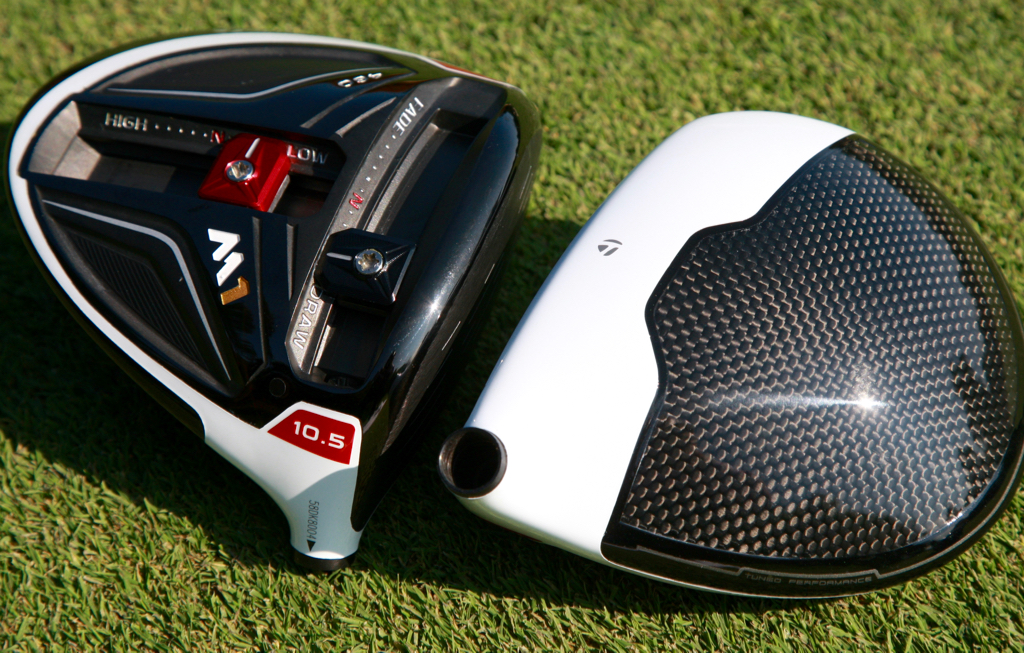
In conjunction with a top club fitter, each of the 15 testers in our 2016 Gear Trials: Best Driver Test determined what new drivers were best for their game. The top-performing driver for each tester earned a Gold Medal (1st place), the second best-performing driver earned a Silver Medal (2nd Place) and the third best-performing driver earned a Bronze Medal (3rd Place). See the results for all testers here.
All Gear Trials Player Profiles include screenshots from Trackman, showing both Optimization and Shot Dispersion charts for the drivers that earned medals for each player, as well as a tester’s “gamer driver.” Carry and Total numbers highlighted in blue show that a driver’s launch conditions are in the optimal range. To learn more about the basics of ball flight laws and the Trackman numbers used in this story, visit www.trackmanuniversity.com.
Here’s What Happened
Before Gear Trials testing got underway, Luis told Miles of Golf fitter Shawn Zawodni that nothing would beat his gamer, a Callaway Razr Fit Xtreme, and he was right. His driver isn’t what you’d consider “off the shelf.” He had a generous amount of lead tape applied to the sole, a 13-gram weight in the toe, and a 3-gram weight in the heel.
While Luis did find a few drivers that offered more distance than his gamer, there was no combination of distance and dispersion that could beat it. With 104 mph of swing speed and a downward angle of attack (-1.2 degrees), Luis’ misses tended to be low hooks because of a shut face at impact.
“He loads hard at the top and releases at impact,” Zawodni said.
For that reason, he didn’t bother putting drivers in Luis’ hands that were designed with a left bias.
TaylorMade M1 460 Data (Gold Medal)
In the first round, Luis started with the Ping G (10.5 degrees) with Ping’s Tour 80X shaft. The heavy, stout profile worked to slow down his release, according to Zawodni.
“This thing is crazy,” Luis said about its Dragonfly-inspired appearance.
He was hitting the G very straight, but his spin rates hovered around 2800 rpm, which was higher than optimal for him. The Ping G LS Tec fixed those spin issues (averaging 2332 rpm), and remained extremely forgiving while limiting his hook.
“KNUCKLEBALLLLL,” Luis screamed. “It feels dead and I know it’s spinning less.”
Ping G LS Tec Data (Silver Medal)
Then he tried Titleist’s 915D4 (10.5 degrees), which has an inherent fade bias — a possible answer for his left miss
“It looks like mine [Callaway Razr Fit],” Luis said, with a glimmer in his eye.
Despite the appeal of the club head at address for Luis, the driver was simply not forgiving enough. Titleist’s 915D3 was “a lot easier to hit,” Luis said, but spun too much. After hitting Srixon’s Z745, he said “this one feels good,” but it was not stable enough to provide any consistency on off-center hits.
“I still like my gamer the best, but the Ping G [LS Tec] was easier to hit,” Luis said. “I can just swing it, don’t have to think about it.”
In Round 2, Luis said he liked Callaway’s Big Bertha Alpha 816 DBD and Callaway’s XR 16 Pro, both at 10.5 degrees with a Graphite Design AD-DI 7X shaft. He said he liked the shape and muted sound of the Big Bertha Alpha 816 DBD, but the XR 16 Pro felt lighter to him and he was carrying his drives farther with the same consistency.
“It’s going to be very dependent on personal preference,” Zawodni said after looking at the Trackman numbers.
The difficult decision was made: Callaway XR 16 Pro. Luis said his miss turned into a controlled draw with the driver, and called it “more balanced and forgiving.” He also picked up 3.6 yards compared to his gamer.
Callaway XR 16 Pro Data (Bronze Medal)
In Round 3, Luis said he felt the Wilson FG Tour F5 was too light and spinny — the numbers confirmed significantly higher spin rates. He said he liked the feel of Cobra’s F6, which he said felt “solid and muted,” but didn’t like its lighter weight, either.
Luis also said he liked the look and solid feel of Cobra’s King LTD, but its spin rates were actually so low for him that the ball was diving out of the air, limiting carry distance. Zawodni said he could crank the loft up to get the ball to stay in the air, but that would shut the face and surely make his hook worse.
That left TaylorMade’s M1 460 (12 degrees), which Luis tested with Mitsubishi Rayon’s Kuro Kage TiNi 70X. The Back Track was kept in its neutral setting, while its Front Track was moved one position toward the toe to create slightly more fade bias.
“That will be close to impossible to beat,” Luis said after about five shots.
Zawodni agreed. Luis was launching the M1 460 at 10.3 degrees and spinning it at about 2250 rpm on average. That translated to 2.1 yards more distance than his gamer. The Round 3 champion was obvious: TaylorMade’s M1 460.
Callaway Razr Fit Xtreme Data (Gamer)
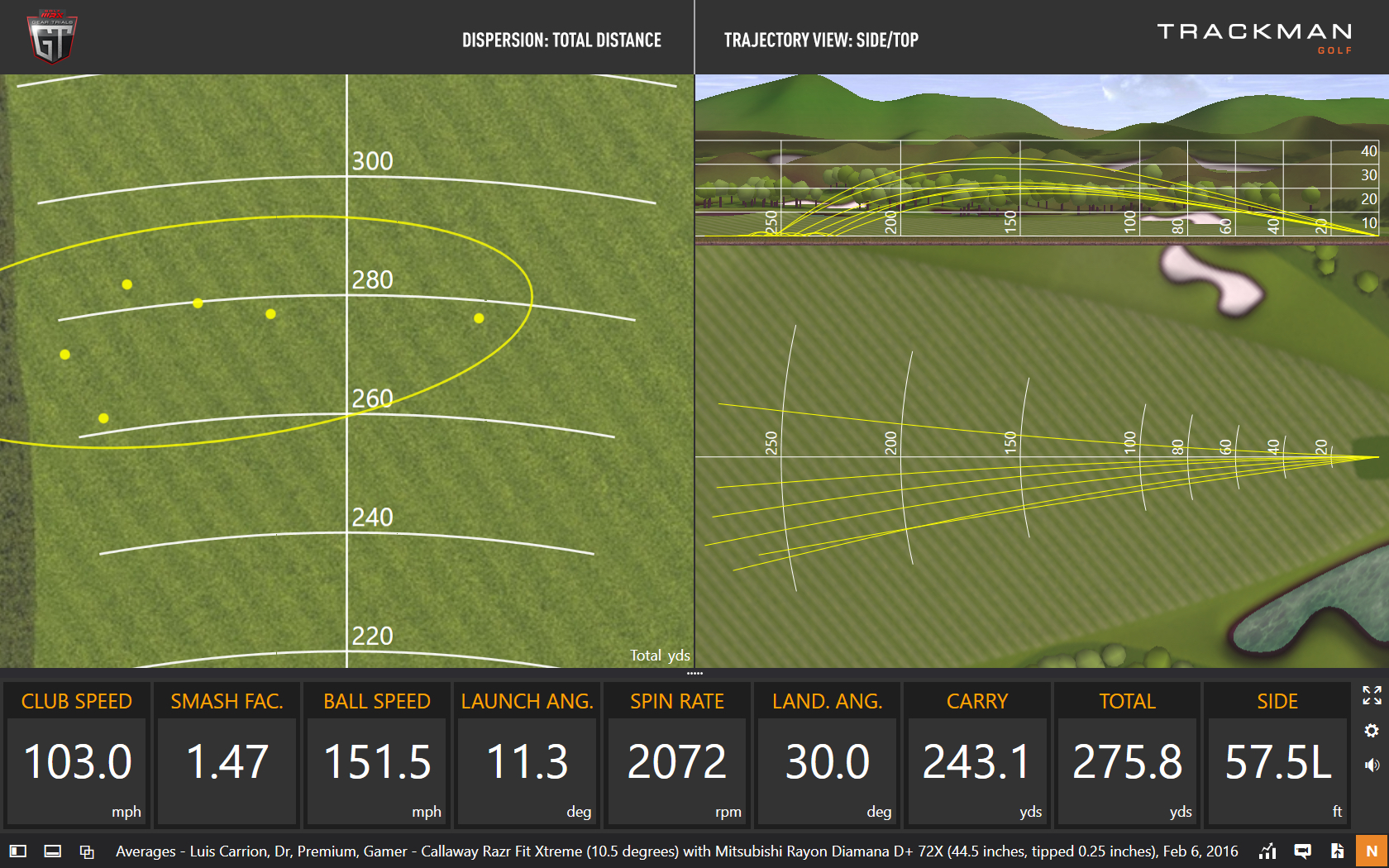 In the finals, Luis was left with a decision after hitting each of the drivers again. He was able to achieve slightly more ball speed and a few more yards with the new drivers, but none were consistently better.
In the finals, Luis was left with a decision after hitting each of the drivers again. He was able to achieve slightly more ball speed and a few more yards with the new drivers, but none were consistently better.
“Yours definitely works,” Zawodni said when comparing the final numbers.
Some drivers are meant for certain golfers. That was certainly the case with Luis’ Callaway Razr Fit Xtreme, which he’s had in the bag for more than four years. A note to Luis: Make sure to buy a head cover with extra padding to keep that driver safe.
Overall Dispersion
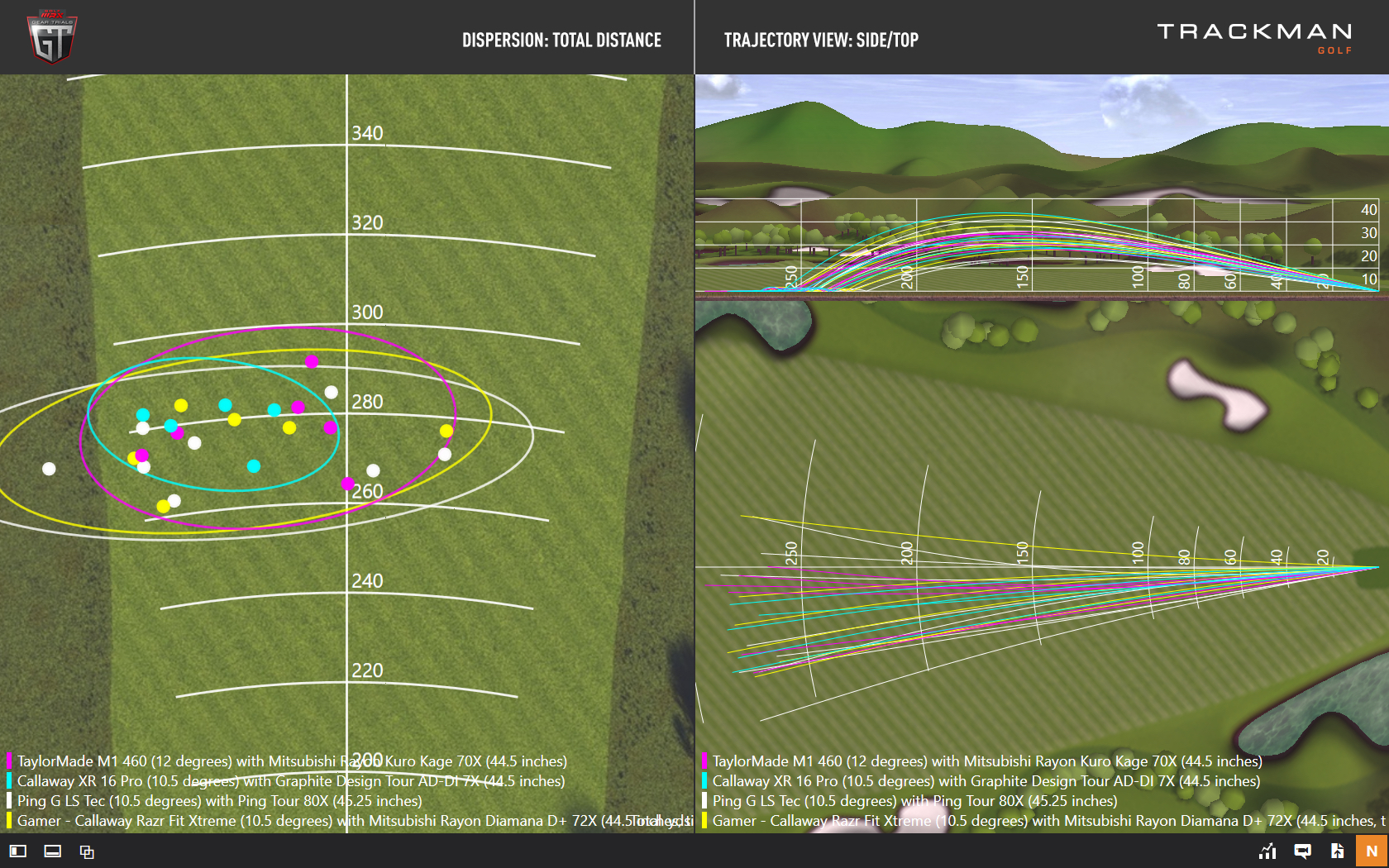
Related
- Learn more about Luis’ Gold-Medal driver, TaylorMade’s M1 460.
- Learn more about Luis’ Silver-Medal driver, Ping’s G LS Tec.
- Learn more about Luis’ Bronze-Medal driver, Callaway’s XR Pro 16.
- LIKE7
- LEGIT0
- WOW0
- LOL0
- IDHT0
- FLOP0
- OB0
- SHANK2
Gear Trials
2016 Gear Trials Player Profile: Chad Sullivan
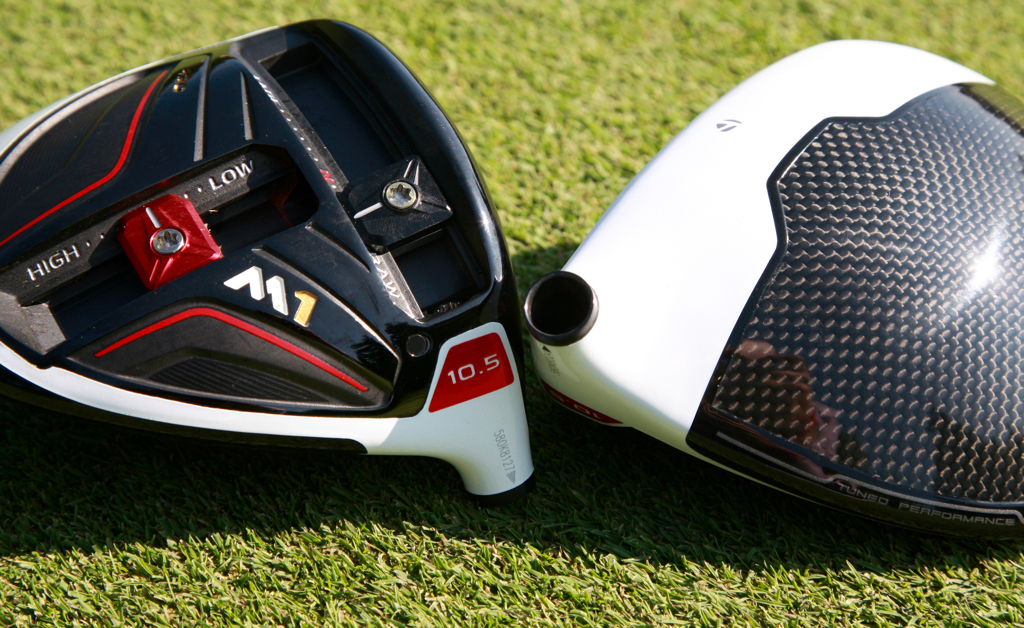
In conjunction with a top club fitter, each of the 15 testers in our 2016 Gear Trials: Best Driver Test determined what new drivers were best for their game. The top-performing driver for each tester earned a Gold Medal (1st place), the second best-performing driver earned a Silver Medal (2nd Place) and the third best-performing driver earned a Bronze Medal (3rd Place). See the results for all testers here.
All Gear Trials Player Profiles include screenshots from Trackman, showing both Optimization and Shot Dispersion charts for the drivers that earned medals for each player, as well as a tester’s “gamer driver.” Carry and Total numbers highlighted in blue show that a driver’s launch conditions are in the optimal range. To learn more about the basics of ball flight laws and the Trackman numbers used in this story, visit www.trackmanuniversity.com.
Here’s What Happened
Chad, an assistant pro at a golf course in Myrtle Beach, came to the test with one of the drivers on trial — a TaylorMade M1 460 (10.5 degrees) with a Fujikura Pro 73X. He voiced concerns that nothing would beat his gamer, since he had been fit recently for the driver. Those concerns, however, were unwarranted.
With 111 mph of club head speed on average, Chad had little issue with ball speed and his swing path was mostly zeroed out. His path went left of the target on his misses, however, and when that happened he hit the ball off the toe more often than not.
Chad’s bad miss was a low toe-hook, but of even more concern were his launch conditions. He was averaging a launch angle of only 7.9 degrees with his gamer and too much spin (2409 rpm), which was caused by a downward attack angle and a non-optimal shaft, according to Miles of Golf fitter Shawn Zawodni.
“Bro, your attack angle is higher than my launch angle,” Chad said to fellow tester Ryan Nelson after one of his drives.
With Chad’s launch angle around 8 degrees and Ryan’s attack angle around 7 degrees, he wasn’t far off. Zawodni told Chad that with a properly adjusted head and the correct shaft, he would see significant improvements. So began the test, and the search for a low-spinning, high-launching driver for Chad.
TaylorMade M1 460 Data (Gold Medal)
In Round 1, Chad’s ball speed jumped using Ping’s G LS Tec (10.5 degrees) with Ping’s Tour 80X shaft.
“Really liked the Ping G LS,” Chad said. “[It was] easy to hit, seems like an easy [driver] to hit the sweet spot.”
Chad also hit Ping’s G driver, but the ball was going left, due to the slightly more rearward center of gravity (CG) and more closed face angle, according to Zawodni. Chad relayed that the the “toe was closing too quickly,” and the leftward spin-axis confirmed his feelings.
He was also hitting the ball left with Ping G LS Tec, but spin was down (averaging 2093 rpm), ball speed was up 8.5 mph, and total distance was up an astounding 22.5 yards on average compared to his gamer.
Next up was Titleist’s 915D3 (Titleist’s 915D2 has an inherent draw bias, so that was passed over) with Graphite Design’s Tour AD-DI 8X shaft. Zawodni liked the heavier shaft to combat Chad’s leftward miss. Although Zawodni switched Chad to a 7X shaft later in the test, Graphite Design’s Tour AD-DI proved to be a great fit for Chad’s swing.
With the Titleist 915D3, Chad found success, and couldn’t believe how high he was launching the 9.5-degree head. Launch was up, and his dispersion was tighter as well. Ball speed was down, however, and he was losing distance. Titleist’s 915D4 proved to be a poor fit despite its fade bias, since the golf ball was spinning too much and heading right on every shot.
“I feel like I’m not hitting the center of the face,” Chad said about the 915D4.
Cobra King LTD Data (Silver Medal)
Chad moved onto a toe-weighted PXG 0811 driver (9 degrees) with an Aldila Rogue Silver 70X shaft.
“It looks like a Ping,” he said. “A real simple and nice shape.”
The results were baby fades, but ball speed, launch angle and carry were down. Zawodni put him in a 10.5-degree head with the same shaft to chase more carry, but it didn’t prevail. Last up in Round 1 was Srixon’s Z745, which he said felt “dead and not stable.” The Round 1 winner was Ping’s G LS Tec with the Tour 80X shaft, which he hit farther than Titleist’s 915D3.
In Round 2, Chad found two drivers he liked and performed well, making for a difficult decision. It came down to Callaway’s XR 16 Pro and Nike’s Flex 440. He liked the looks of the XR 16 Pro (10.5 degrees) with an Aldila Rogue Silver 70X shaft, but it was launching slightly lower and spinning more than Zawodni wanted. Chad then hit the Nike Flex 440 with a Fujikura Speeder 757X shaft, which he said “feels like an iron shaft” due to its stiffness. He liked that stability, as well as the feel of the driver.
“Sound and feel [of the Flex 440] were solid and the numbers were beauties,” Chad said.
To dial in the numbers, Zawodni moved the Flex 440’s adjustable weight to its forward position, which resulted in higher ball speeds, a higher launch angle and a mid-spinning trajectory; enough to get the nod from Chad into the finals over the XR 16 Pro.
Ping G LS Data (Bronze Medal)
In Round 3, Chad found two worthy drivers. Shawn helped him dial in his M1 460 head to fit his swing; he adjusted the Front Track weight all the way toward the toe to straighten out his most common mishit, and added a Graphite Design Tour AD-DI 7X, which proved to be a better fit than his gamer shaft, a Fujikura Pro 73X. The new setup was “stupid good,” Chad said, and he was seeing 13 yards yards more distance because of a higher launch, lower spin, tighter dispersion and lower efficiency.
The King Cobra LTD (11.5 degrees) with a Tour Spec Pro 73X was performing as good as the M1 460, however.
“I was surprised at how crazy low spin the Cobra LTD was. Zero CG is real!” Chad said.
Chad saw an increase of ball speed and a drop in spin, but launch was still a little lower than optimal (averaging 9.5 degrees), according to Zawodni. Both drivers moved onto the finals.
TaylorMade M1 460 Data (Gamer)
Ping’s G LS Tec, while averaging the longest total distances of the finalists, was heading too far left for Chad in the finals. So he quickly eliminated it as an option.
It was a two-horse race: TaylorMade’s M1 460 (10.5 degrees) with a Graphite Design Tour AD-DI 7X and Cobra’s King LTD (11.5 degrees) with a Fujikura Pro Tour Spec 73X. There were small differences in launch characteristics and ball speed favoring the M1 460, but the final decision came down to preference, and a limitation from the King LTD head.
“If the King LTD had a high-launch head option, that would be the winner,” Chad said. “[The decision] was pretty tight between the M1 and Cobra LTD, but I liked the M1 a hair more based on the weight… felt I had more control with the M1, too.”
With just a few adjustments to his M1 460 gamer head and a new shaft, Chad picked up 13 yards. Lesson learned: If you buy an adjustable driver, make sure you’re optimizing the weight settings for your swing.
Overall Dispersion
Related
- Learn more about Chad’s Gold-Medal driver, TaylorMade’s M1 460.
- Learn more about Chad’s Silver-Medal driver, Cobra’s King LTD.
- Learn more about Chad’s Bronze-Medal driver, Ping G LS Tec.
- LIKE13
- LEGIT1
- WOW0
- LOL0
- IDHT0
- FLOP0
- OB1
- SHANK1
Gear Trials
2016 Gear Trials Player Profile: Ryan Nelson
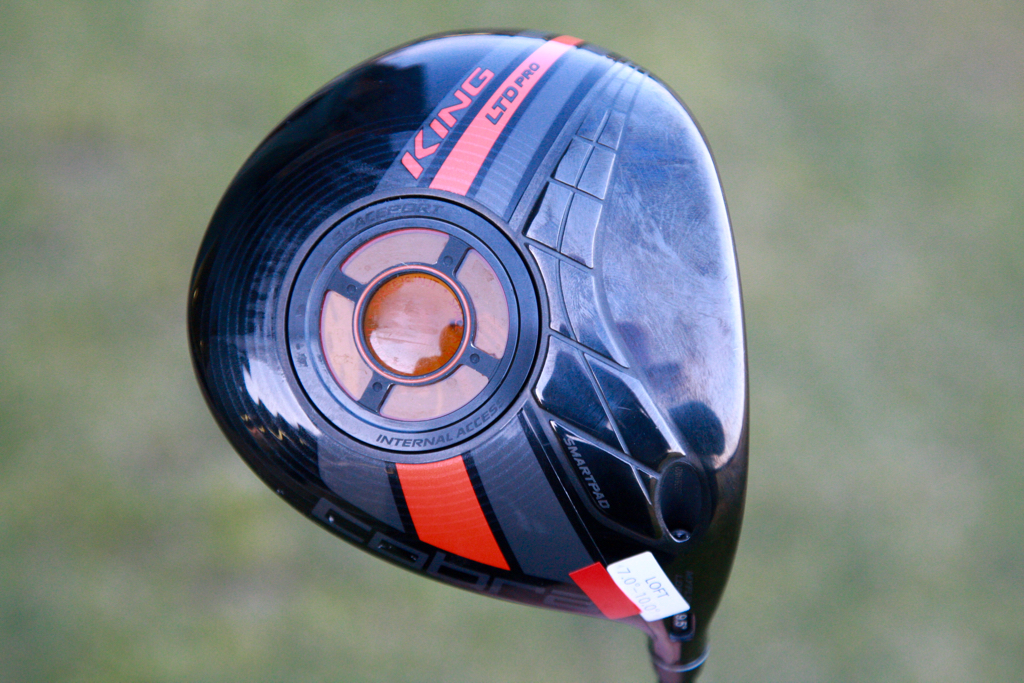
In conjunction with a top club fitter, each of the 15 testers in our 2016 Gear Trials: Best Driver Test determined what new drivers were best for their game. The top-performing driver for each tester earned a Gold Medal (1st place), the second best-performing driver earned a Silver Medal (2nd Place) and the third best-performing driver earned a Bronze Medal (3rd Place). See the results for all testers here.
All Gear Trials Player Profiles include screenshots from Trackman, showing both Optimization and Shot Dispersion charts for the drivers that earned medals for each player, as well as a tester’s “gamer driver.” Carry and Total numbers highlighted in blue show that a driver’s launch conditions are in the optimal range. To learn more about the basics of ball flight laws and the Trackman numbers used in this story, visit www.trackmanuniversity.com.
Here’s What Happened
“You’re the guy I hate trying to sell a driver to,” Miles of Golf fitter Shawn Zawodni told Ryan after seeing him take a few swings with his gamer. Due to an angle of attack that averages 6 degrees up, Ryan is one of those players who can make any driver look good.
Ryan launches his drives high and with very little spin (his average launch angle was 15.2 degrees, and his average spin rate was 2146 rpm), and if anything, his miss tends to hook left. So the challenge for Zawodni was not masking a problem, but rather optimizing Ryan’s numbers as much as possible while leaning toward fade-biased drivers. He was hoping for sub-2000 rpm spin rates, a launch around 15 degrees and a 1.50 smash factor with Ryan’s 107 mph swing.
Cobra King LTD Pro Data (Gold Medal)
At first, Ryan’s gamer driver — a Titleist 915D3 (7.75 degrees of actual loft) and a Fujikura Pro Tour Spec 73X — appeared to be unbeatable.
“Honestly, we’re just going to have some fun,” Zawodni said. “We’re not going to beat your gamer.”
His hypothesis proved incorrect, however. In the first round, Zawodni kept the shaft in his Titleist driver, but changed the hosel setting from B1 to C1 and saw a tighter dispersion. It was obvious why, as he was hitting the ball more accurately with the flatter lie angle, which removed his tendency to miss to the left.
“Keep that setting,” Zawodni said.
TaylorMade M1 460 Data (Silver Medal)
Ryan started the test with Ping’s G LS Tec driver (9 degrees), equipped with an Oban Kiyoshi Purple shaft. Spin was dropping, but so was his launch angle, falling as low as 10 degrees. Ryan called his misses with the driver “squirrelly.” And while he enjoyed the look of PXG’s 0811 driver (9 degrees), which he hit with his gamer shaft, his spin rate climbed and he was losing efficiency.
After hitting Srixon’s Z745 (8.5 degrees) with Mitsubishi Rayon’s Kuro Kage 60X shaft, he said he liked the look and feel of the driver, but the numbers showed a wayward dispersion.
“It feels like mush,” Ryan said. “Like I’m not hitting anything. I thought I missed the golf ball.”
Those were positive remarks for him, since he named Srixon’s Z745 as the best-feeling driver in Round 1. But the best driver, and still undisputed champion, was his gamer.
Nike Flex 440 Data (Bronze)
In Round 2, Ryan’s two favorite drivers were Nike’s Flex 440 (8.5 degrees) with a Fujikura Speeder 757X shaft, and Tour Edge Exotics’ EX9 Tour (9 degrees) with a Graphite Design Tour AD-DI 7X shaft.
He found the Flex 440 to produce “consistently good numbers,” calling it “very forgiving when hit low on the face.” Although he was spinning the ball more than his gamer with the Flex 440, he said it had a “wooden bat feel,” and “framed the ball perfectly.”
“I was shocked by the Nike,” Ryan said. “It was extremely long and forgiving, I wasn’t expecting that.”
It was a toss up between the EX9 Tour and the Flex 440, and Ryan decided that the Flex 440 would earn a spot in the finals because of its better looks, feel and forgiveness. In Round 3, however, Ryan found an even better fit. He hit TaylorMade’s M1 460 (8.5 degrees) with two different shafts, Fujikura’s Speeder 757X and Graphite Design’s Tour AD-DI 7X. Both produced more ball speed, carry and total distance than his gamer.
“It’s really good,” Ryan said of the M1 460. “I can really go after it.”
Ryan also found success with Cobra’s King LTD Pro (7 degrees) with a Graphite Design Tour AD-DI 7X shaft. Shawn felt they could reduce loft to the lowest setting since Ryan “creates all the launch he needs” with his attack angle. With the Cobra King LTD Pro and the TaylorMade M1 460, Ryan’s launch conditions and distance were nearly identical, so Zawodni left the Round 3 decision up to Ryan’s preference.
“If we were in a paid fitting, I’d turn the [Trackman] TV off and say ‘which one do you like better?'” Zawodni said.
Unable to make a decision, Ryan decided that both drivers should advance to the final round.
Titleist 915D3 Data (Gamer)
In the finals, Ryan tested the Flex 440, M1 460 and King LTD Pro head to head against his gamer. Although the Flex 440 was a top performer in Round 2, it couldn’t compete against his gamer in the finals. He started pushing the ball right with the driver, and spin was spiking up around 2800 rpm.
Both the M1 460 and King LTD Pro were outperforming his gamer with higher ball speeds, tighter dispersions, more carry and more total distance. So he was again left with a decision between the two. Ryan ultimately decided that the King LTD Pro felt softer at impact, thus giving it the edge.
In the end, his “unbeatable” gamer was an average of 6.3 yards behind the King LTD Pro, and if it wasn’t for one slight pop up Ryan hit with it, the King LTD Pro would have produced even more impressive average numbers.
Overall Dispersion
Related
- Learn more about Ryan’s Gold-Medal driver, Cobra’s King LTD Pro.
- Learn more about Ryan’s Silver-Medal driver, TaylorMade’s M1 460.
- Learn more about Ryan’s Bronze-Medal driver, Nike’s Flex 440.
- LIKE13
- LEGIT0
- WOW1
- LOL0
- IDHT0
- FLOP0
- OB0
- SHANK2
-

 19th Hole2 weeks ago
19th Hole2 weeks agoJustin Thomas on the equipment choice of Scottie Scheffler that he thinks is ‘weird’
-

 19th Hole2 weeks ago
19th Hole2 weeks ago‘Absolutely crazy’ – Major champ lays into Patrick Cantlay over his decision on final hole of RBC Heritage
-

 19th Hole3 weeks ago
19th Hole3 weeks agoTwo star names reportedly blanked Jon Rahm all week at the Masters
-

 19th Hole3 weeks ago
19th Hole3 weeks agoReport: LIV Golf identifies latest star name they hope to sign to breakaway tour
-

 19th Hole3 weeks ago
19th Hole3 weeks agoNeal Shipley presser ends in awkward fashion after reporter claims Tiger handed him note on 8th fairway
-

 19th Hole3 weeks ago
19th Hole3 weeks agoBrandel Chamblee has ‘no doubt’ who started the McIlroy/LIV rumor and why
-

 19th Hole1 week ago
19th Hole1 week agoLET pro gives detailed financial breakdown of first week on tour…and the net result may shock you
-

 Equipment3 weeks ago
Equipment3 weeks agoJason Day on his recent switch into Srixon ZX5 and ZX7 Mk II irons

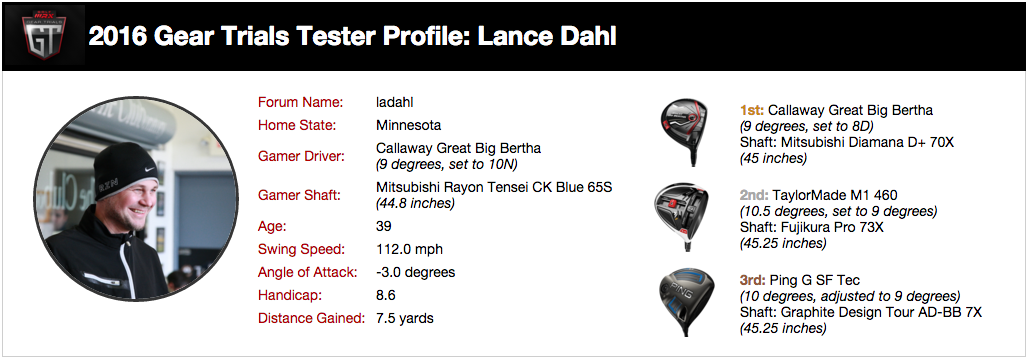
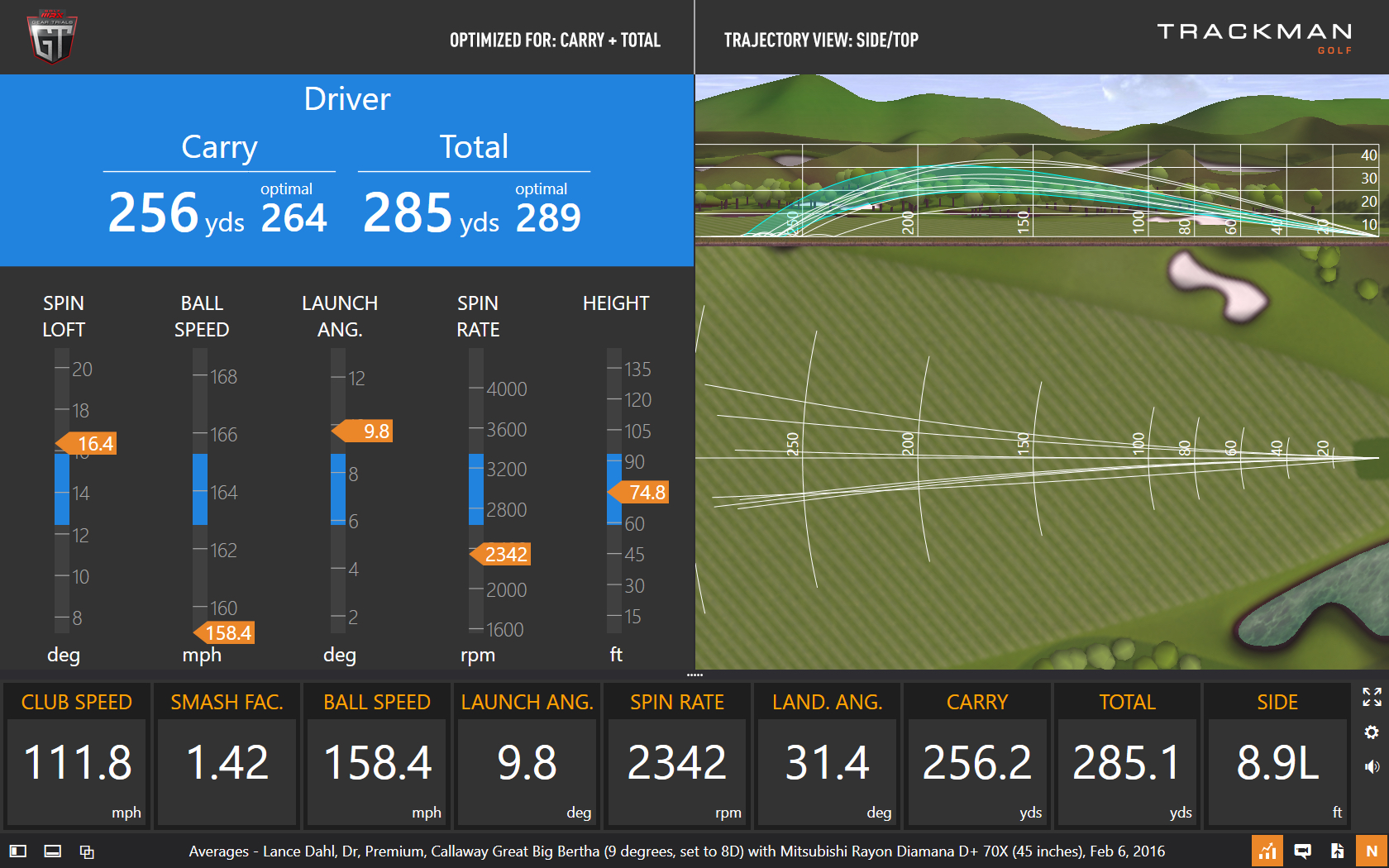
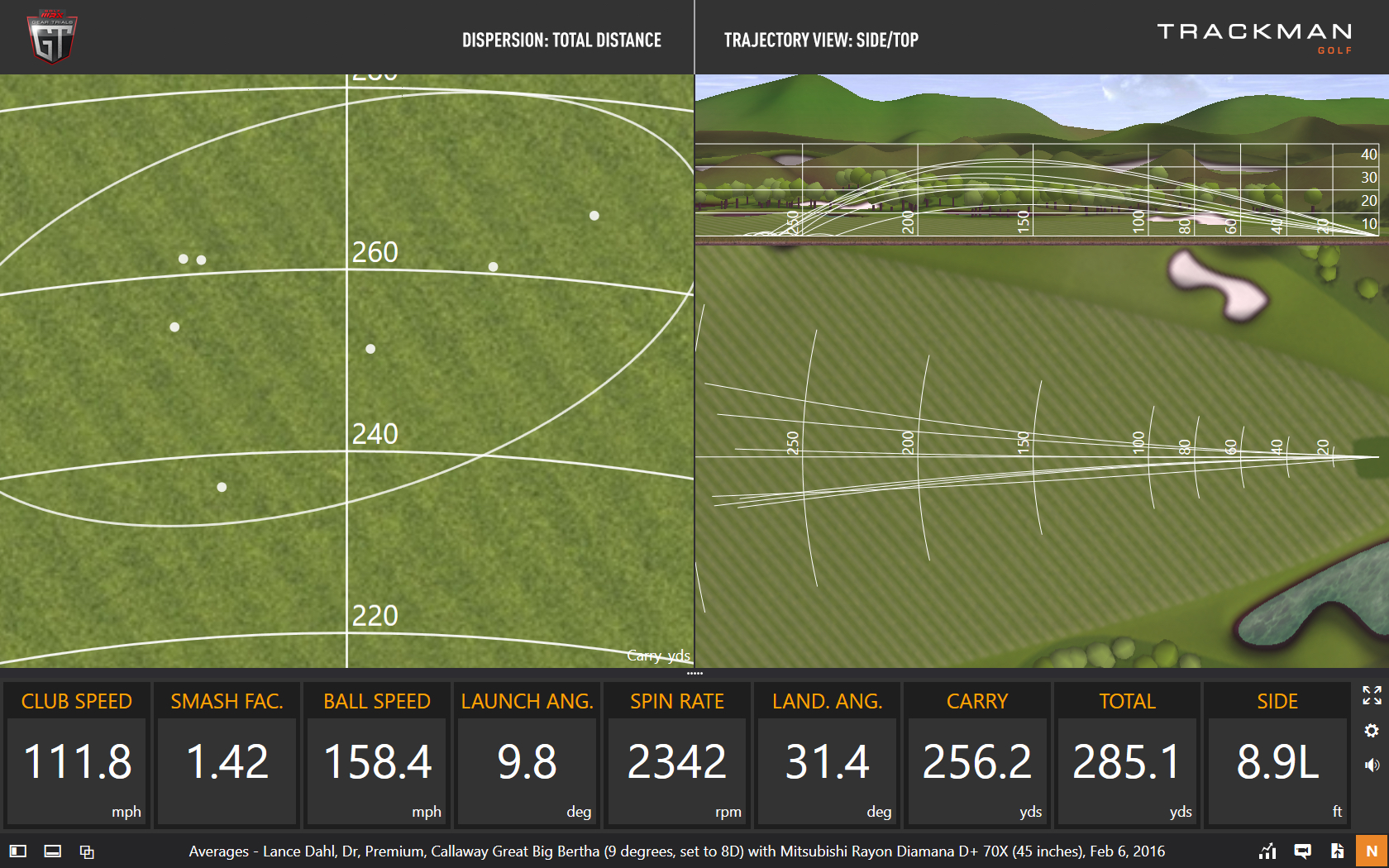
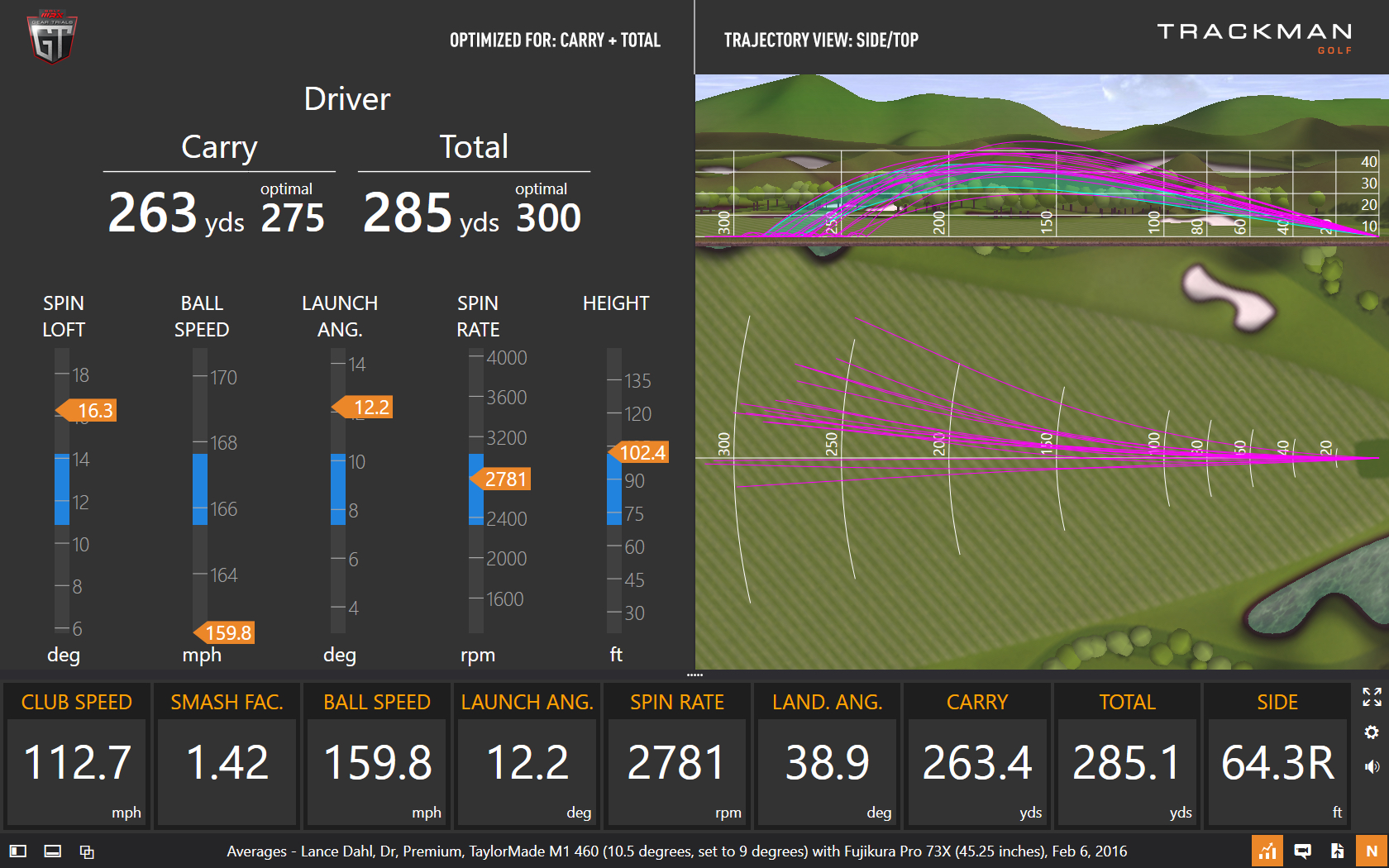
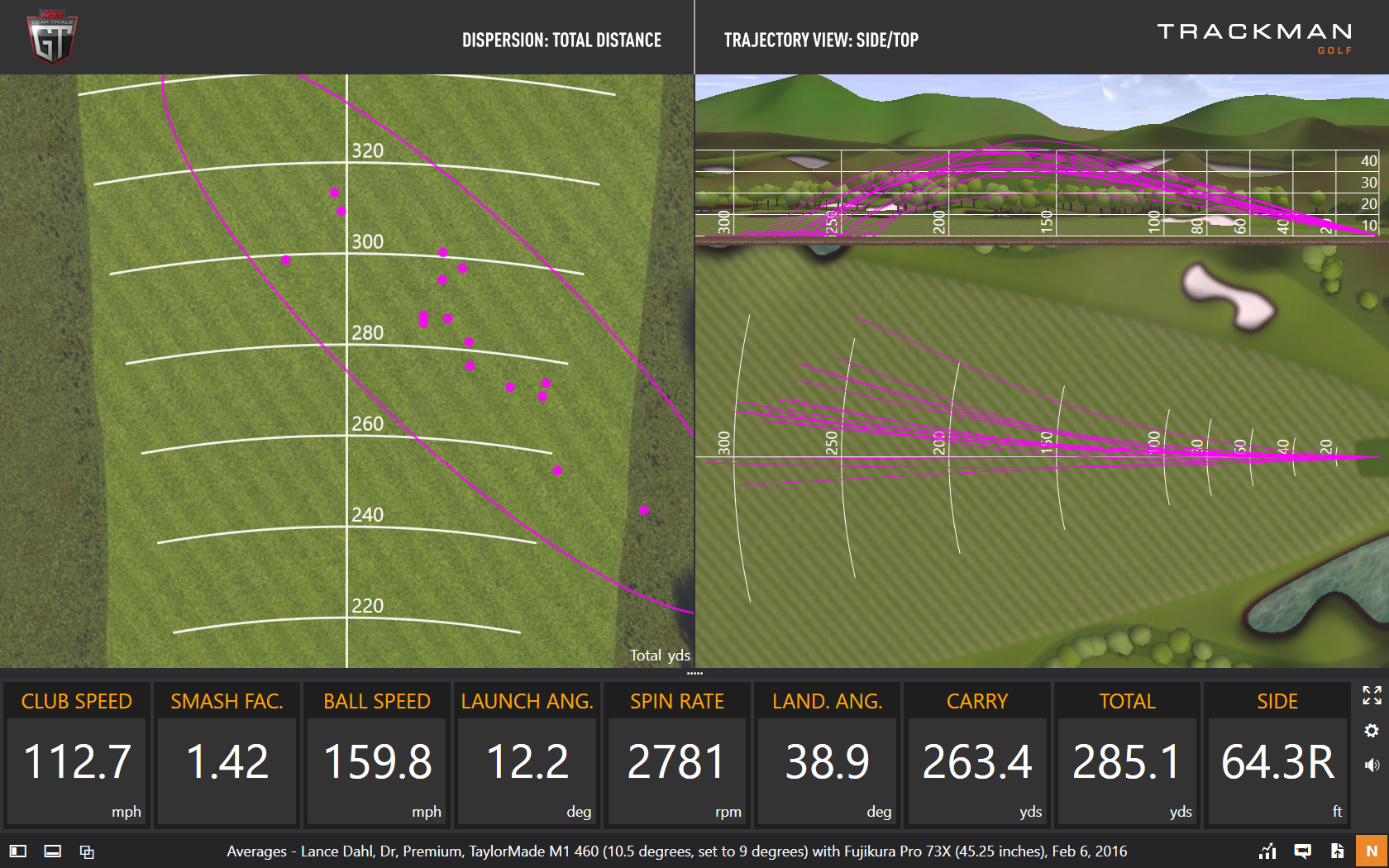
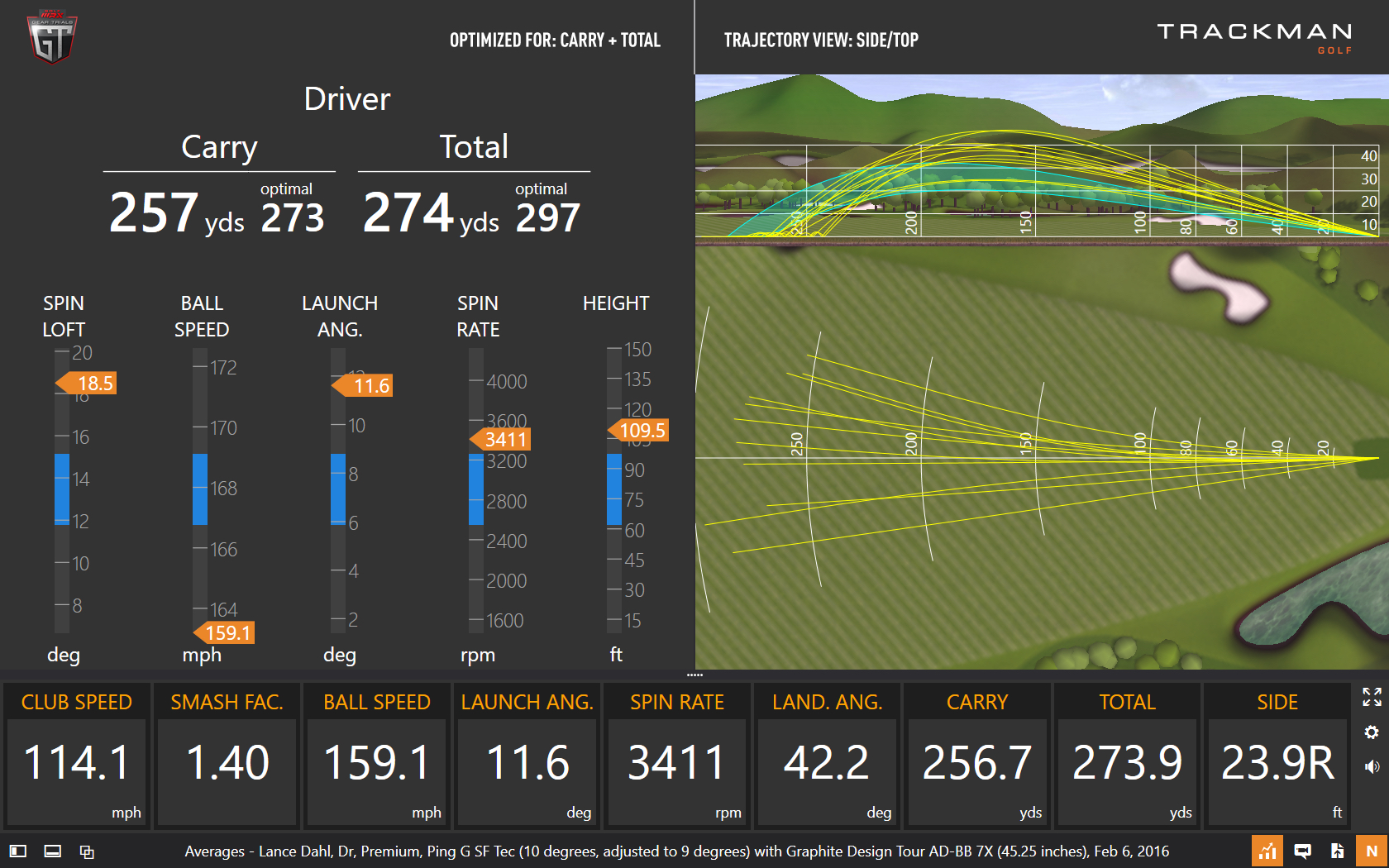
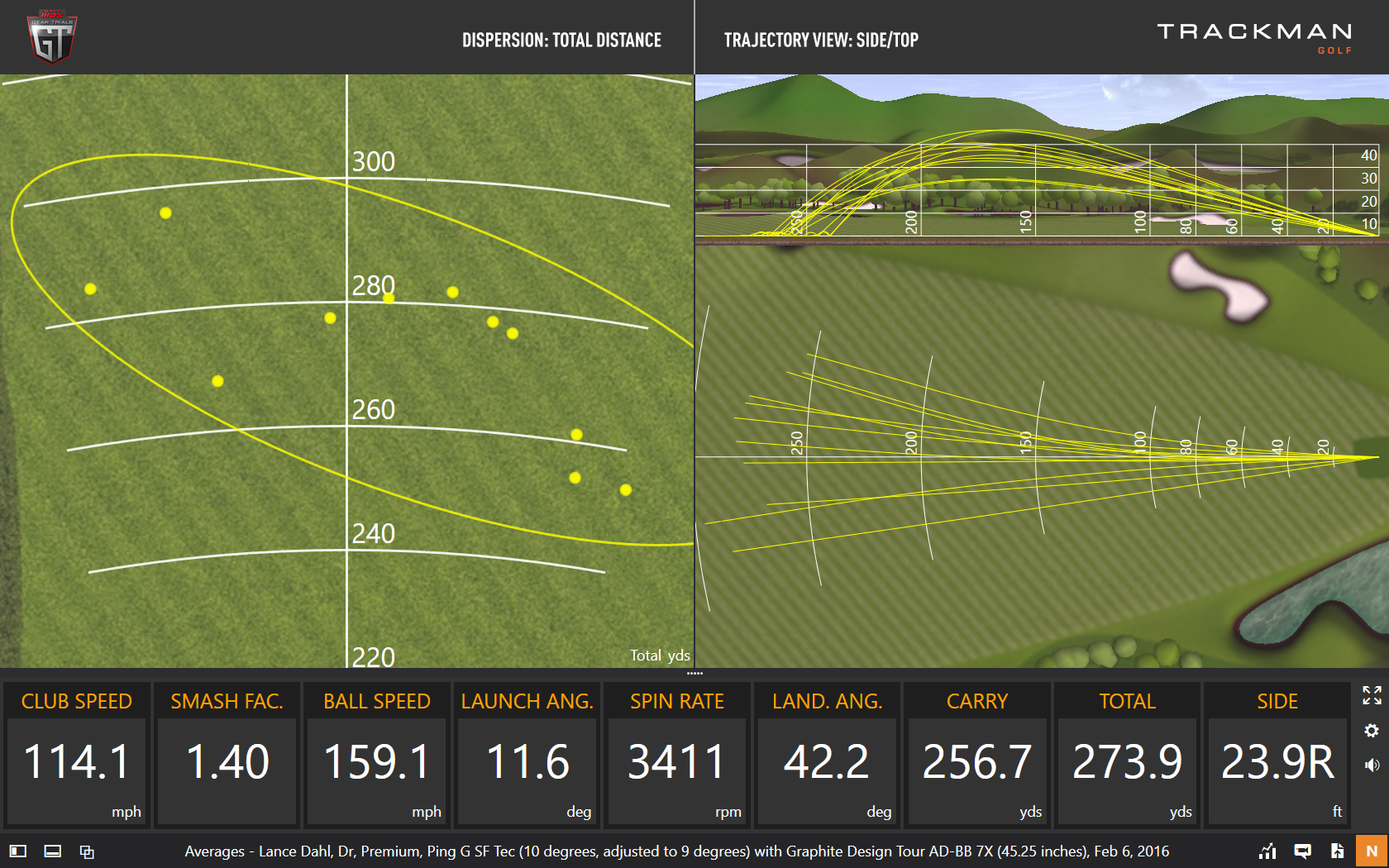
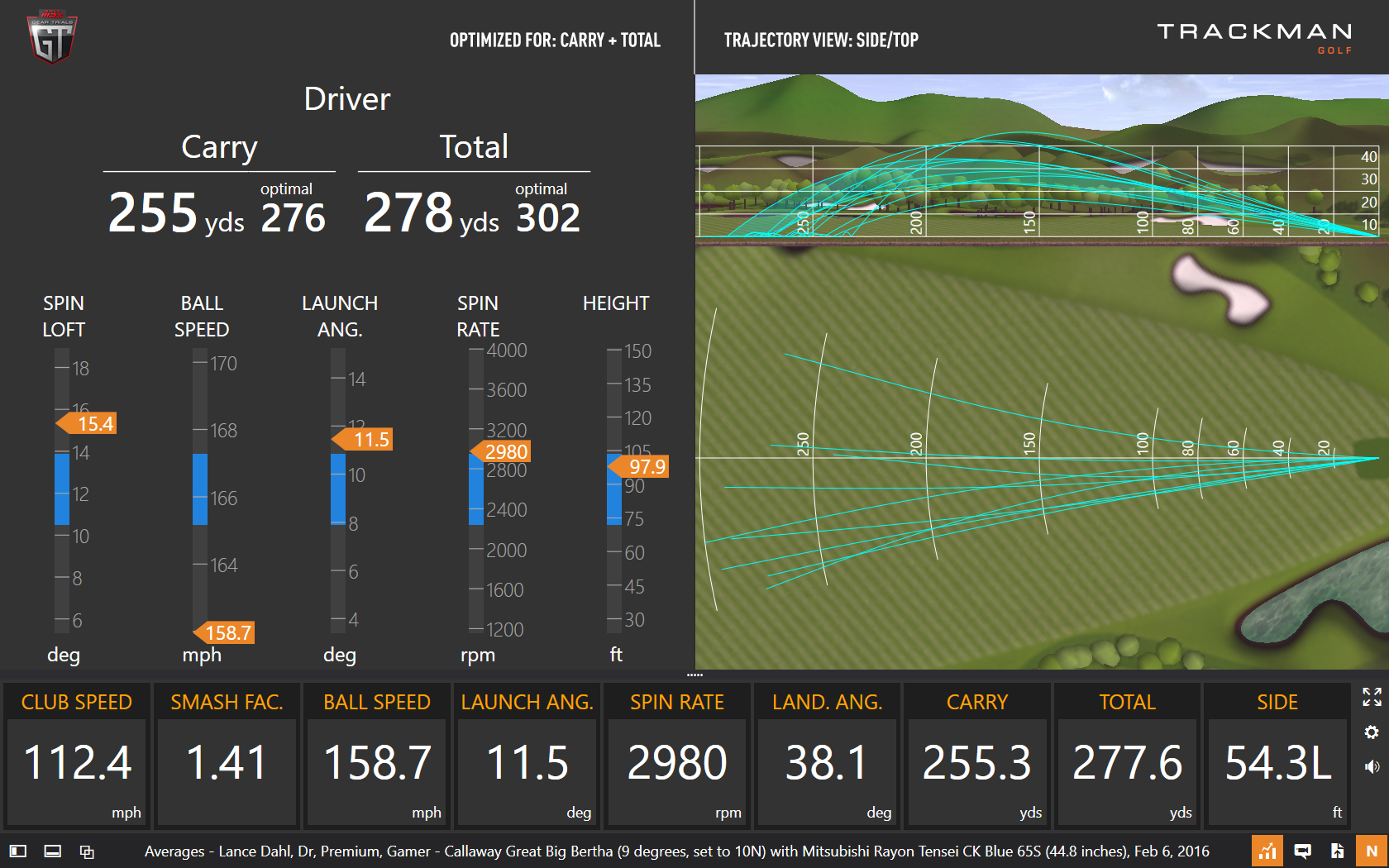
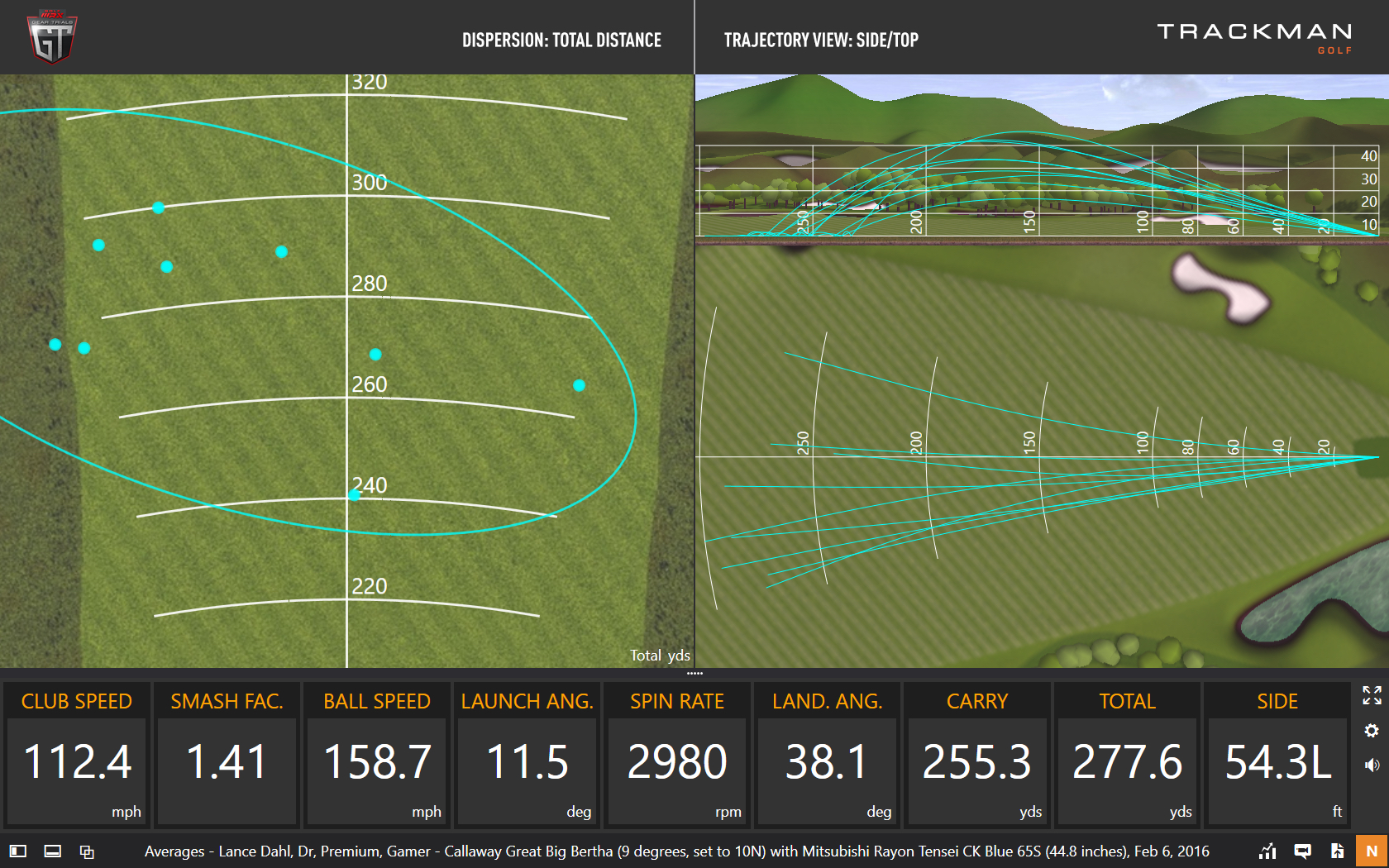
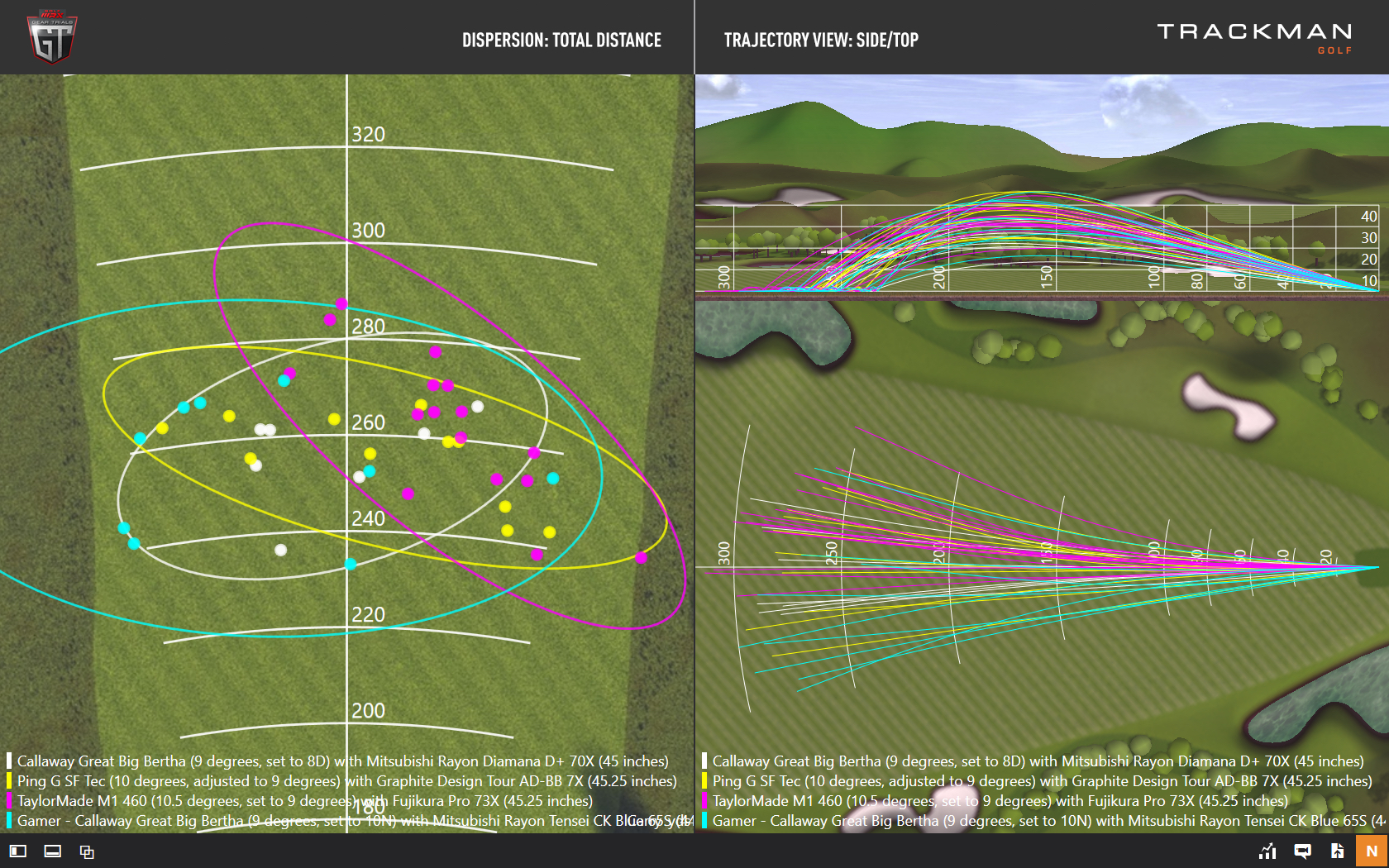


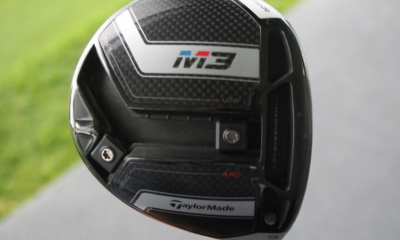

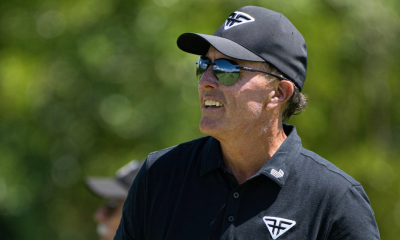



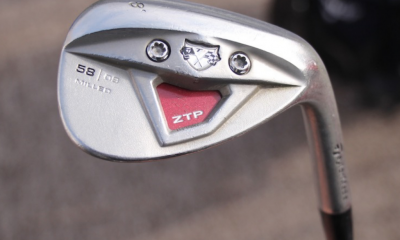

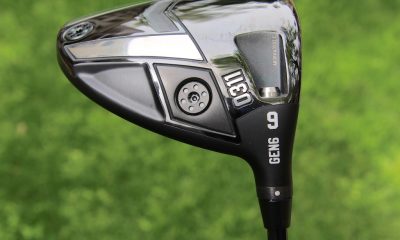

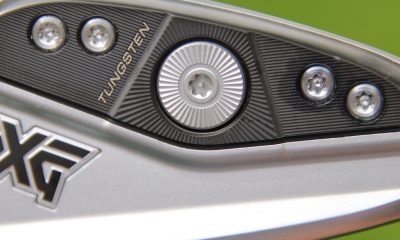

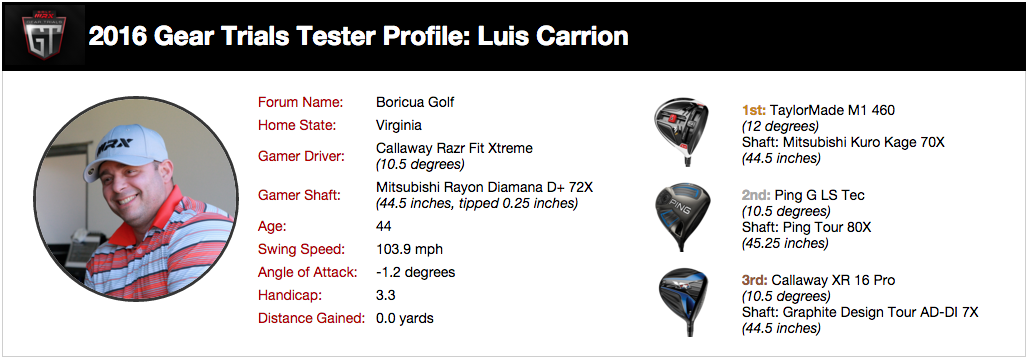
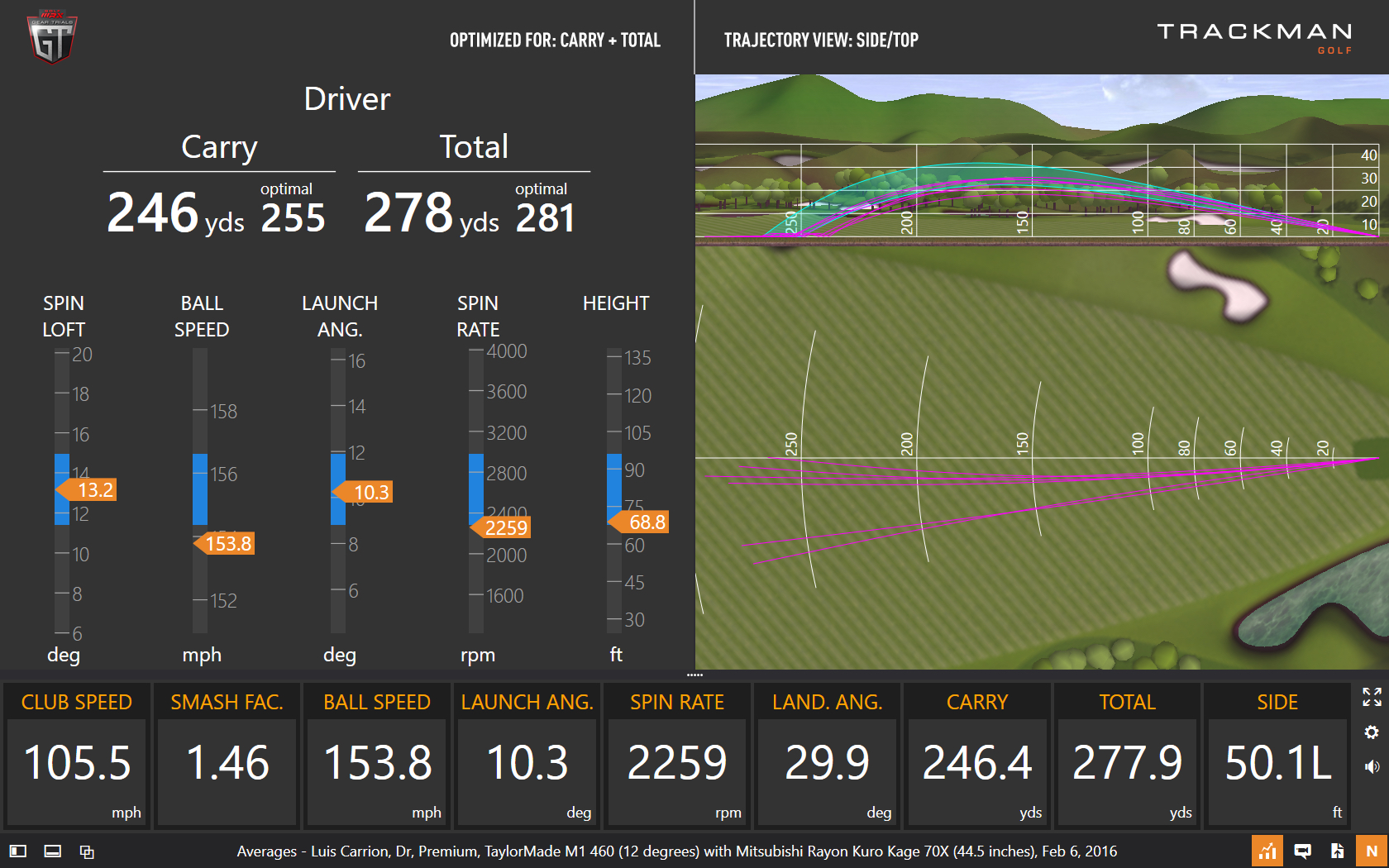

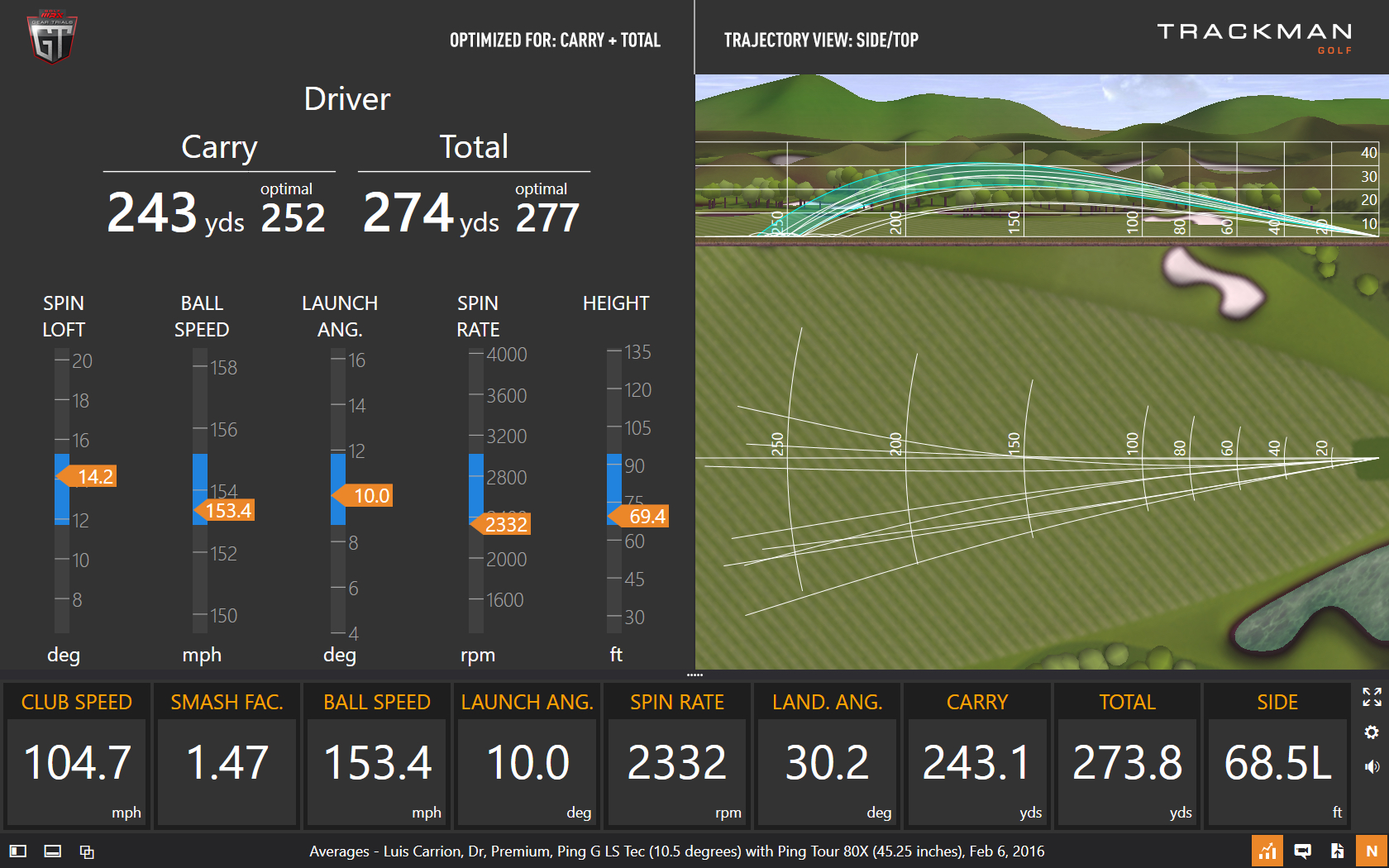
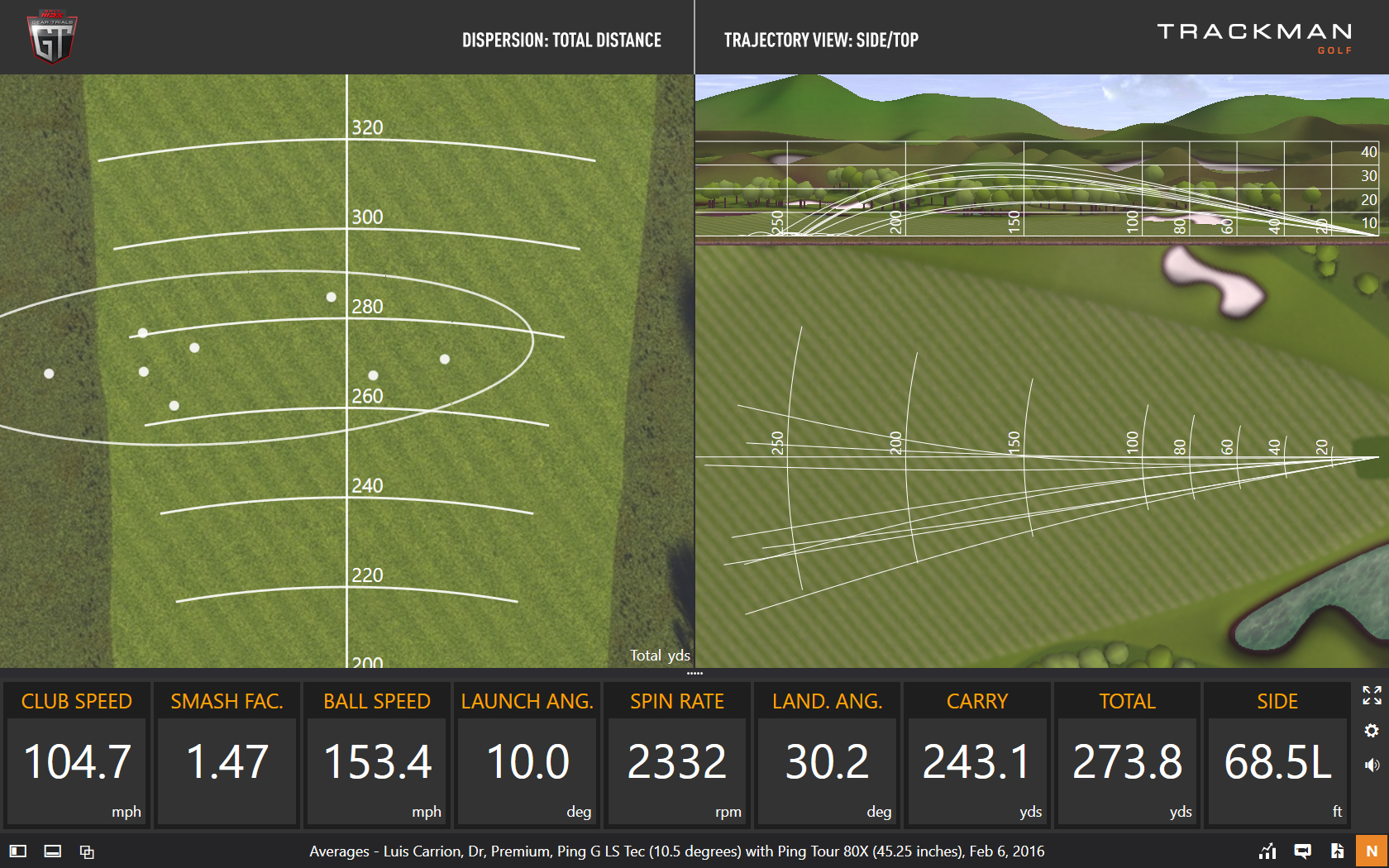
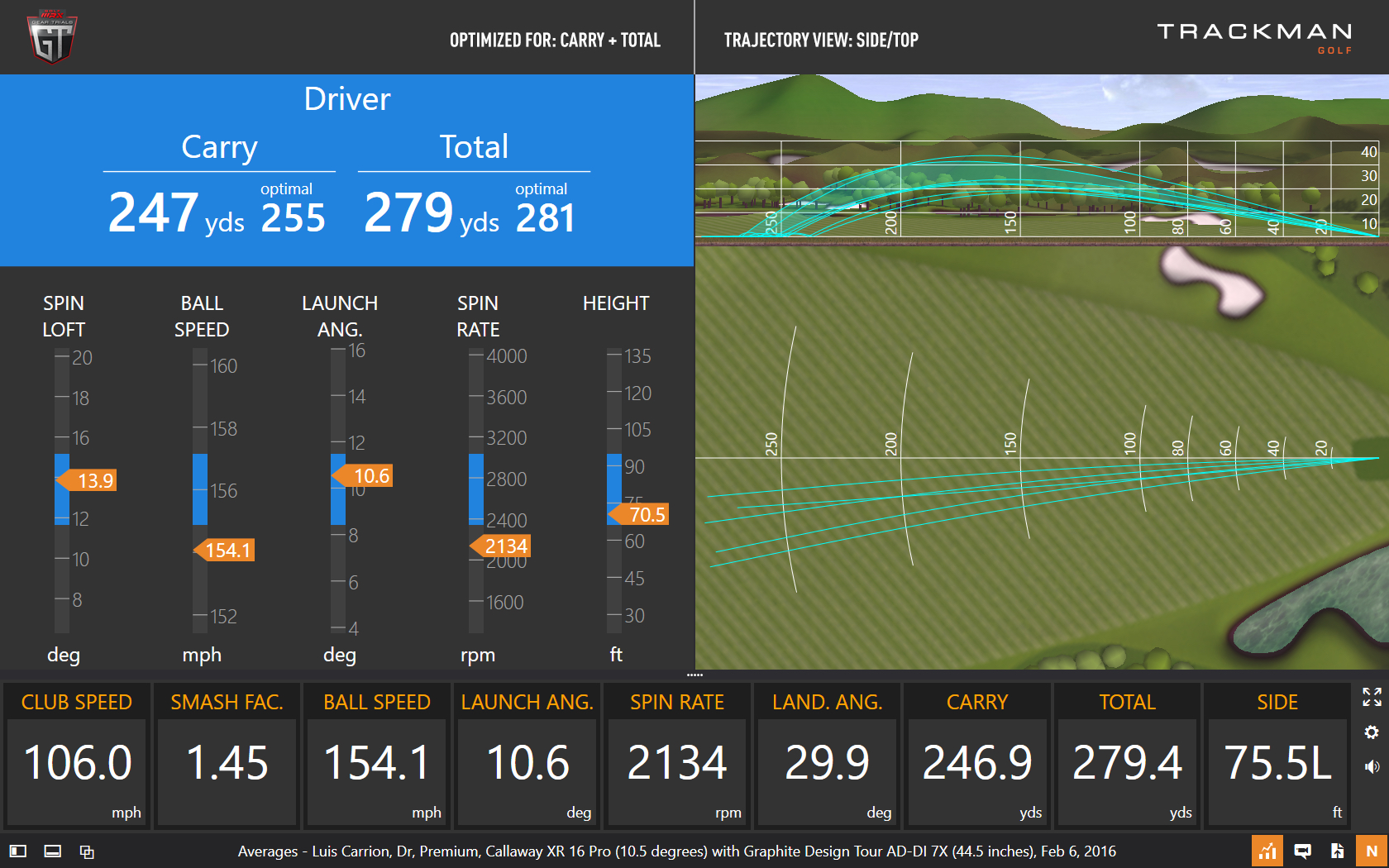
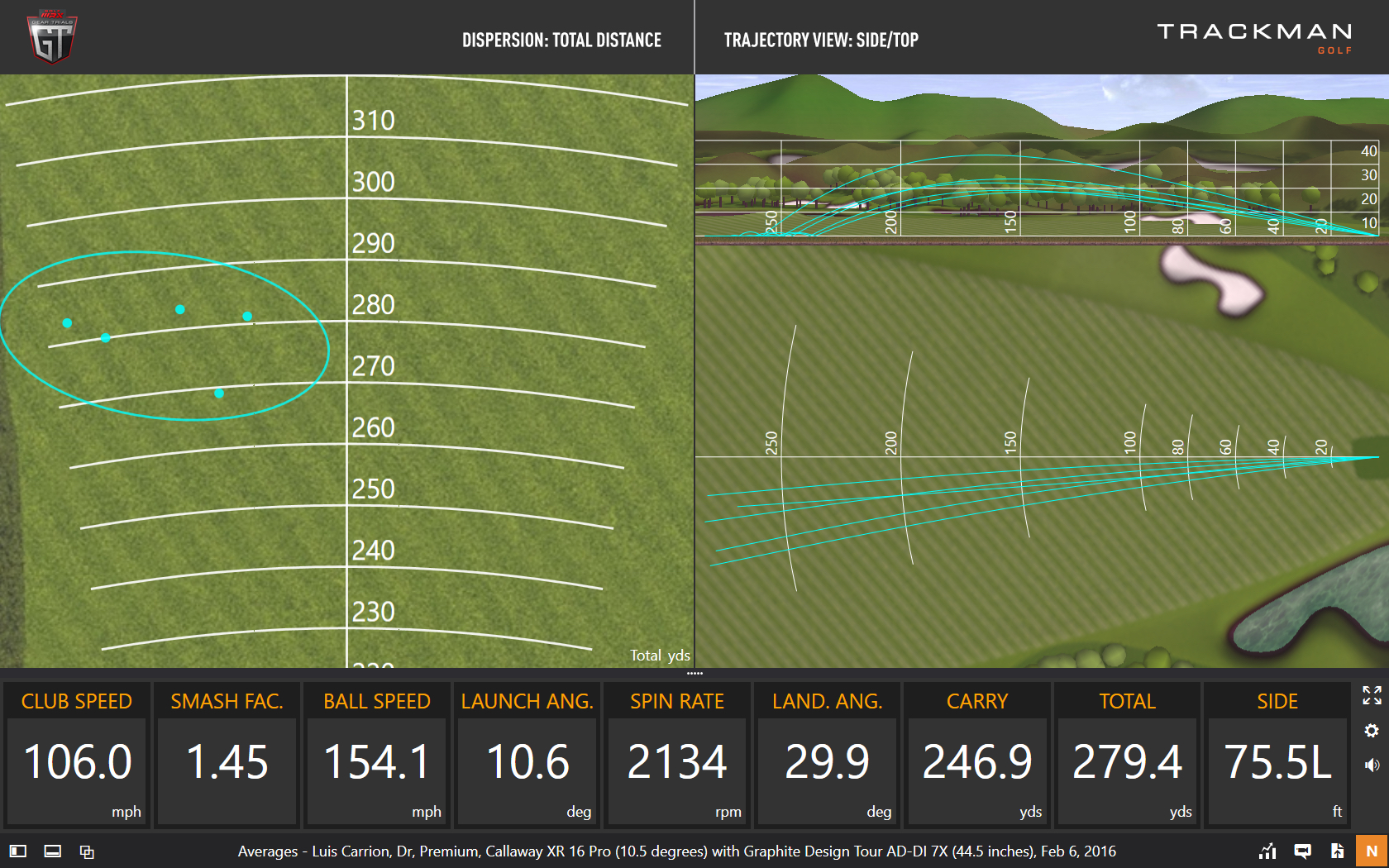
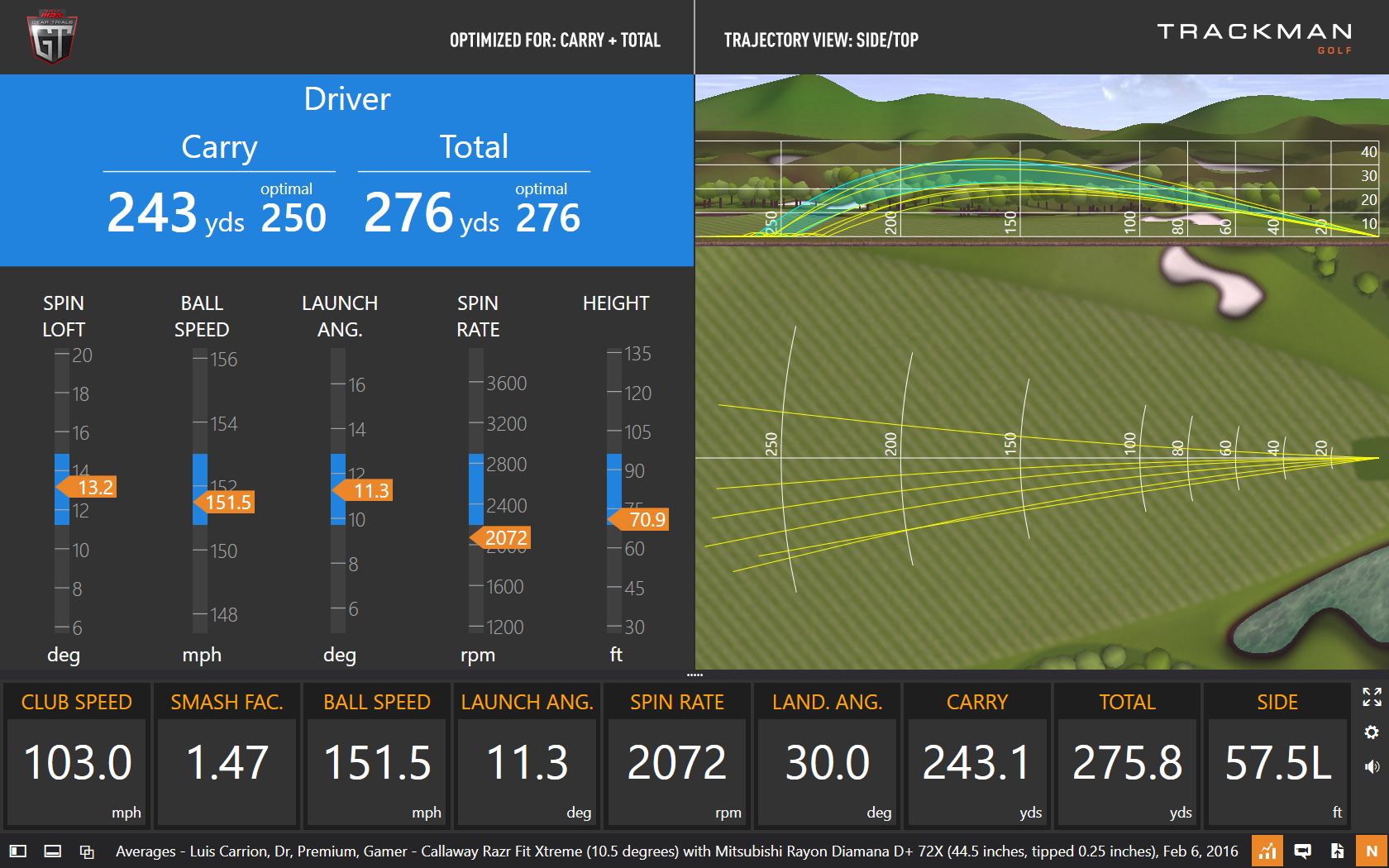
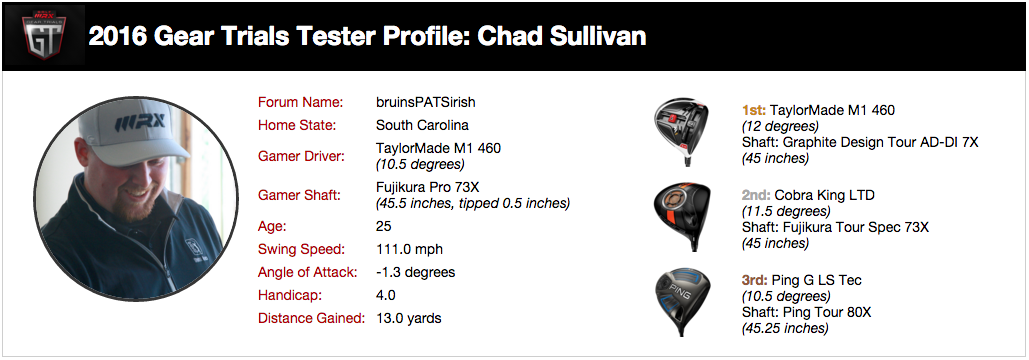
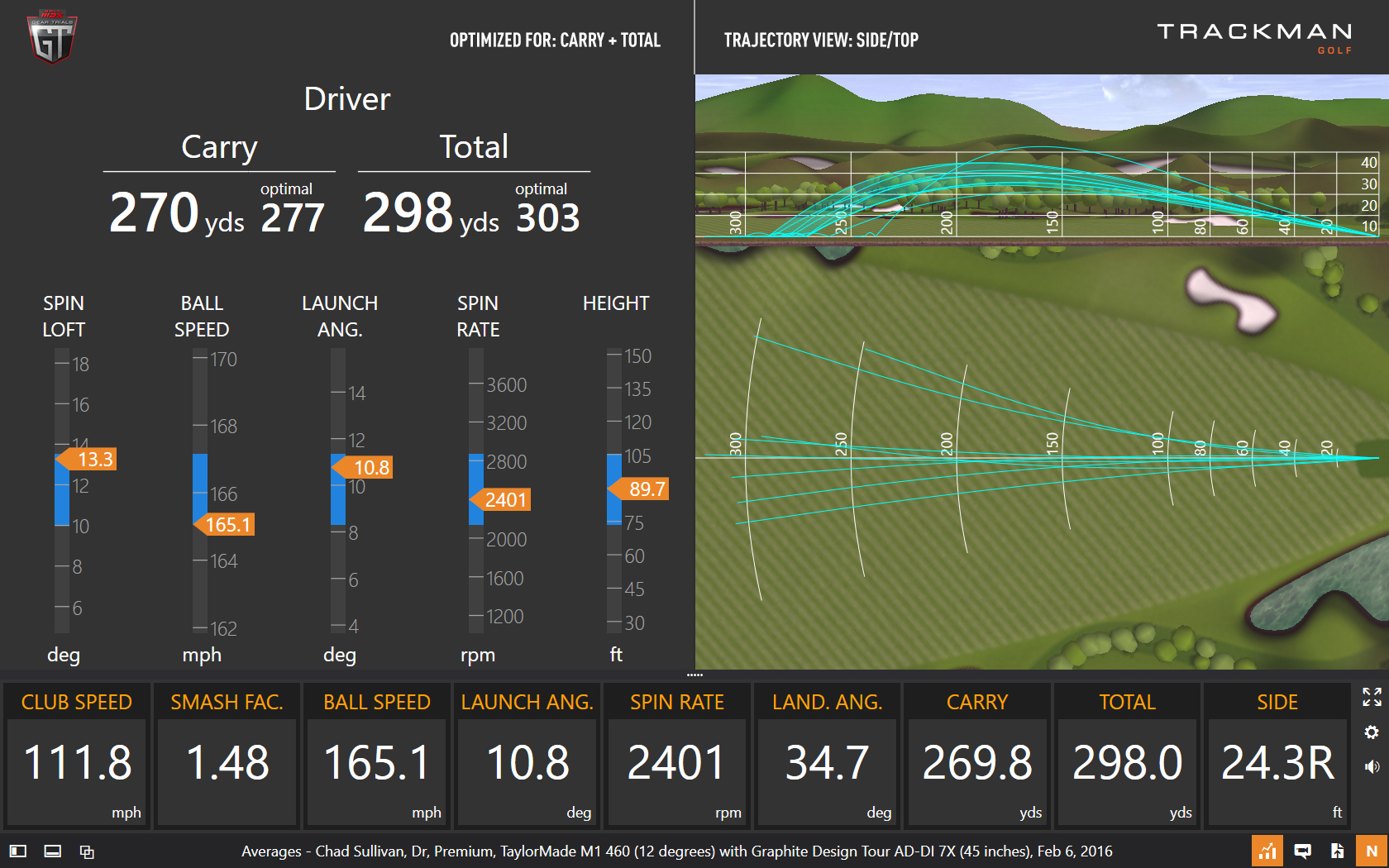
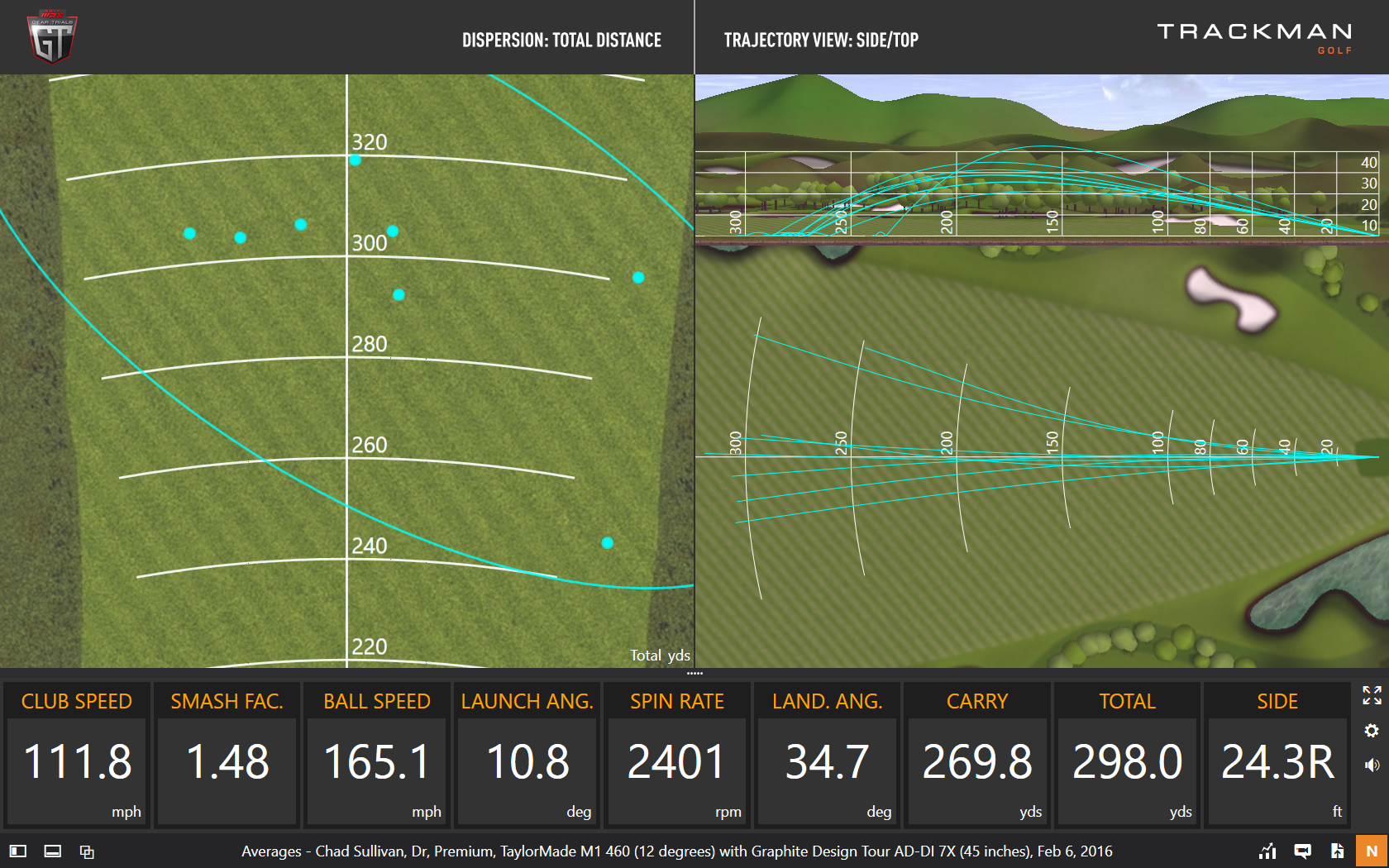
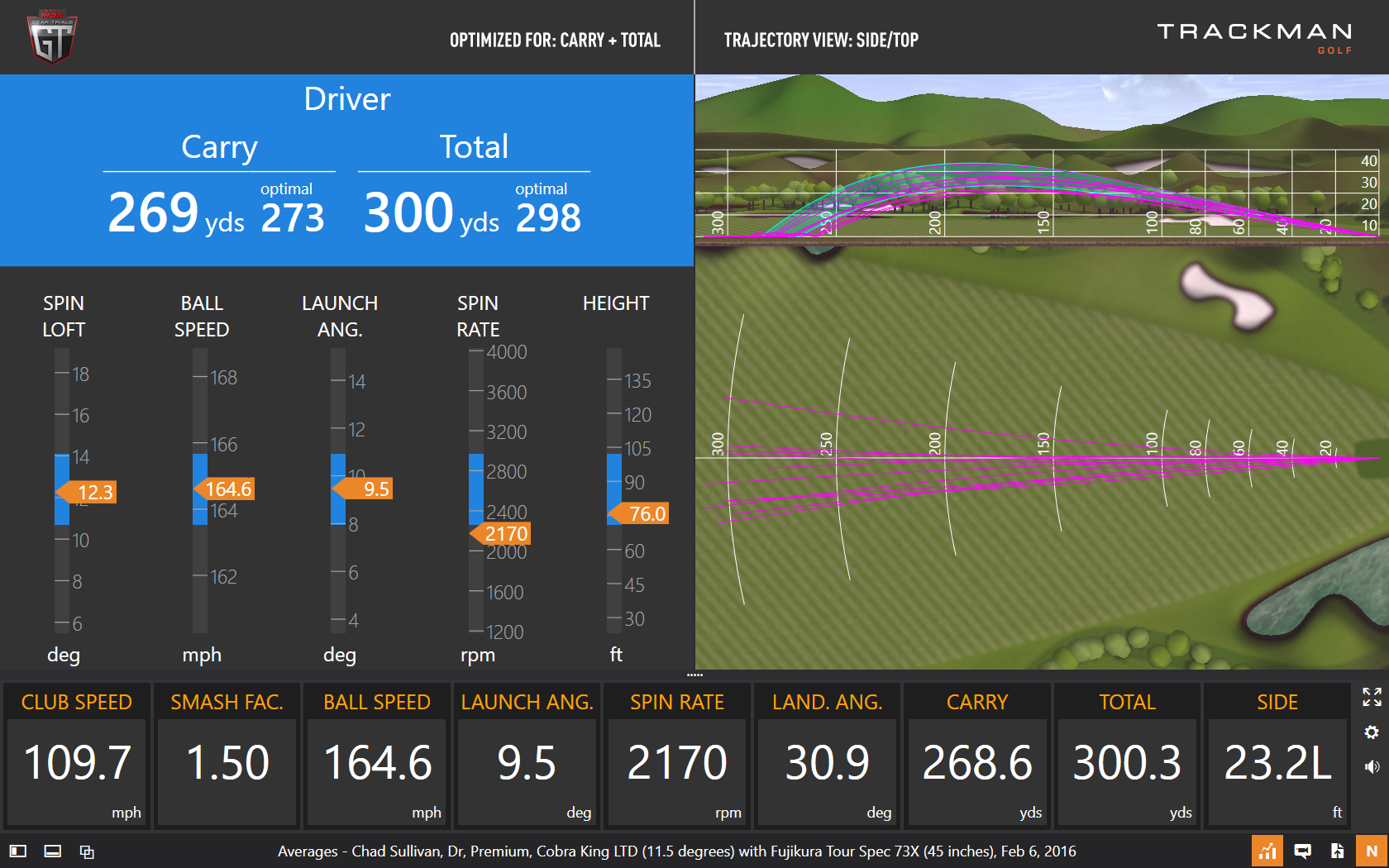
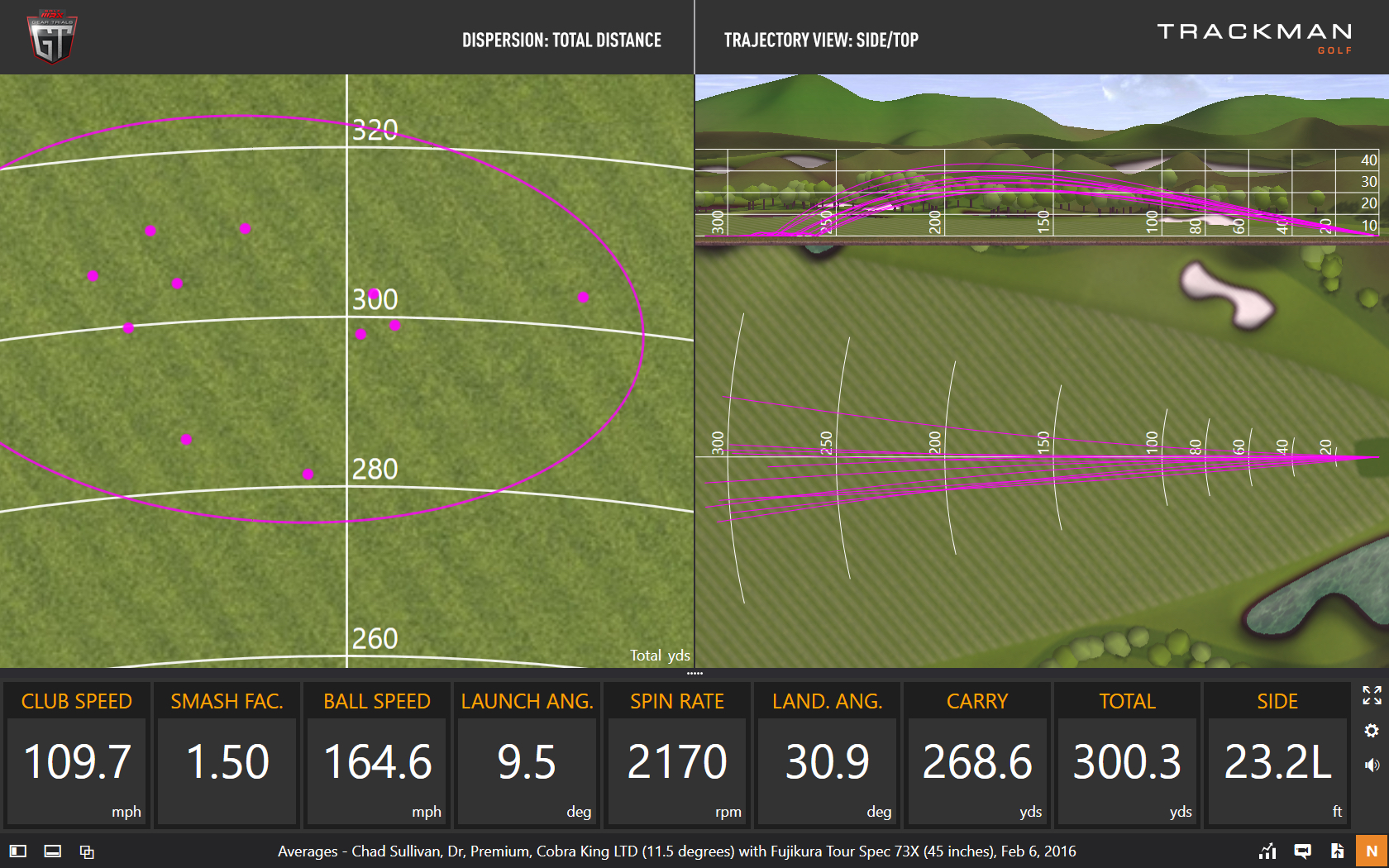
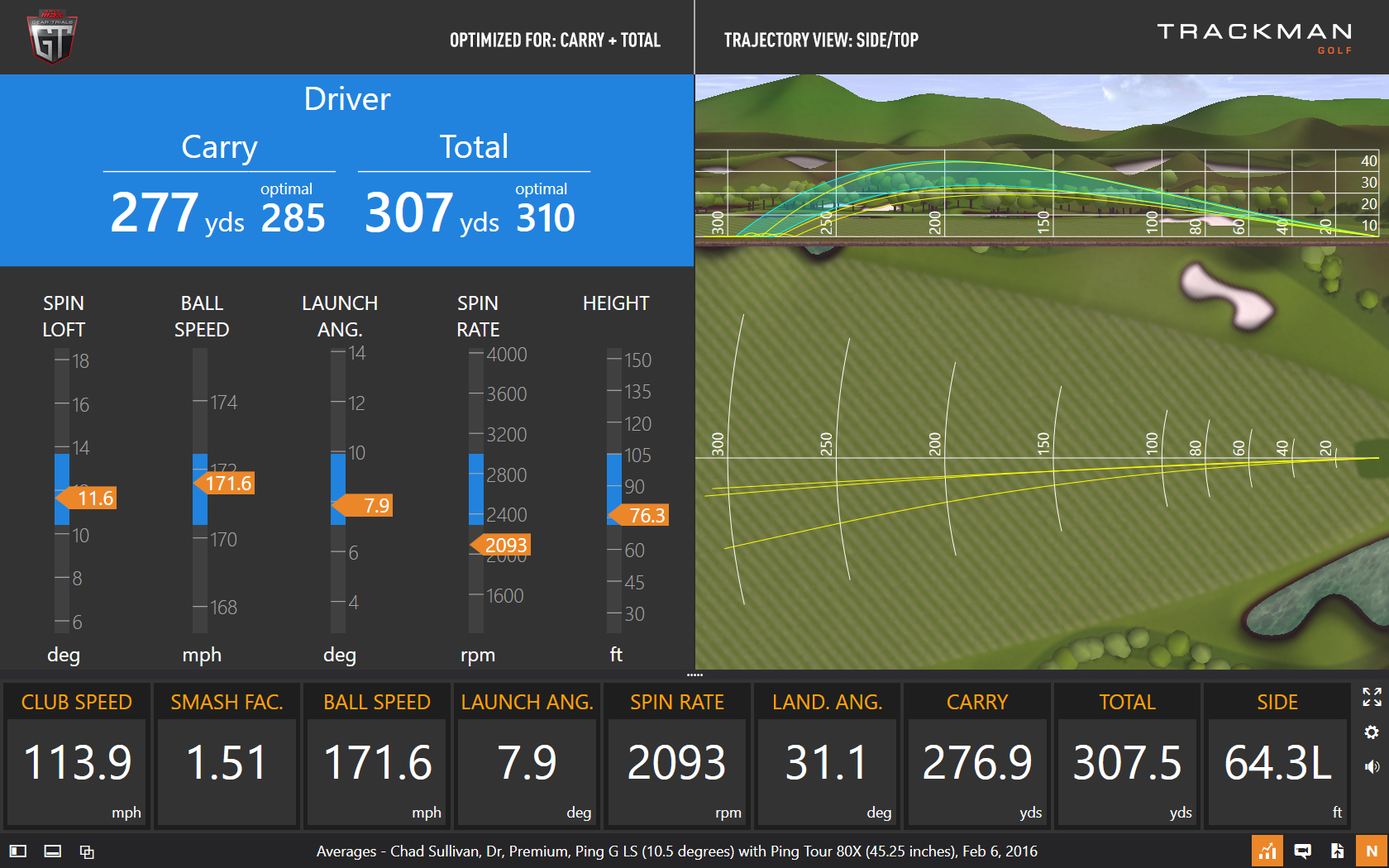
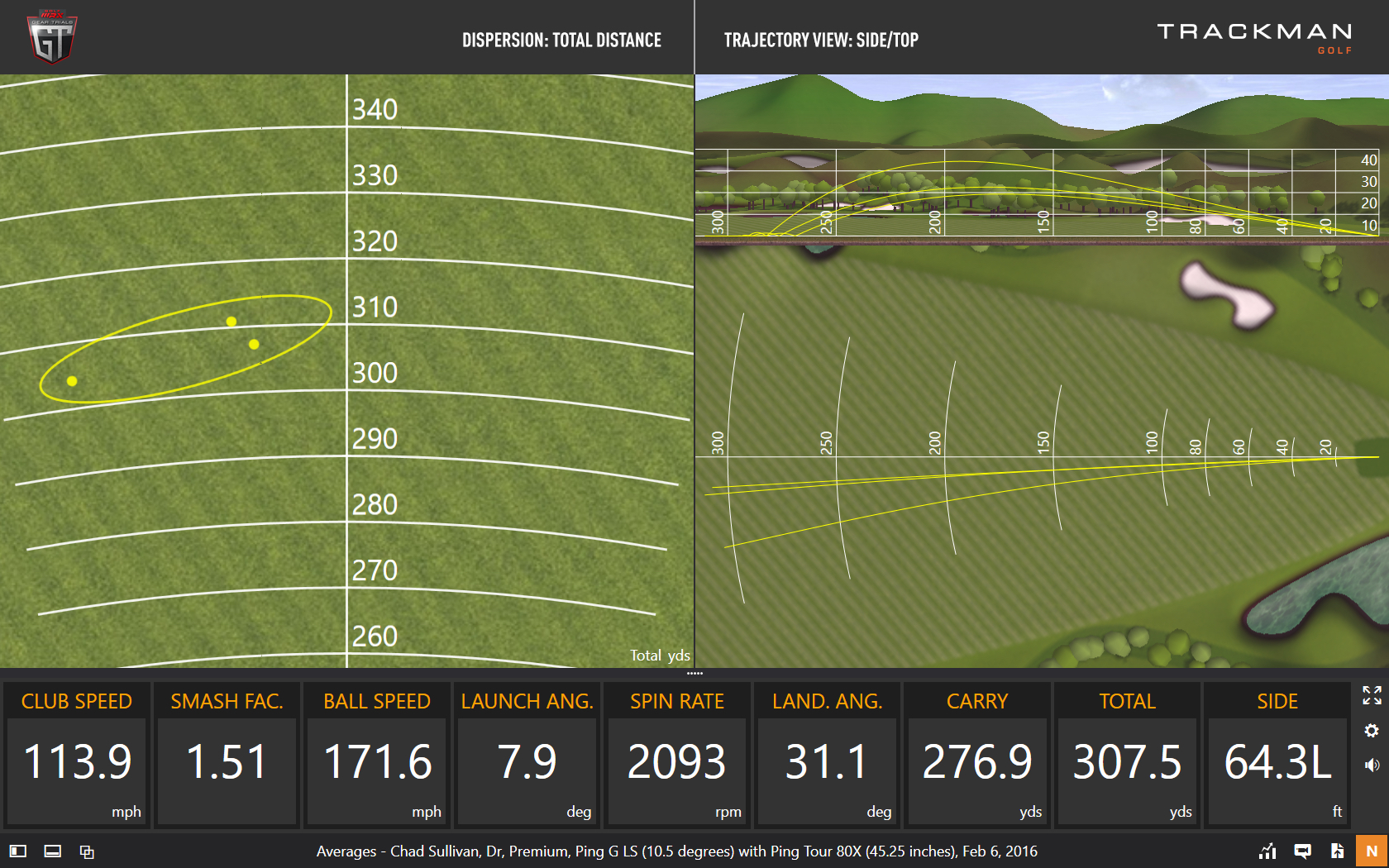
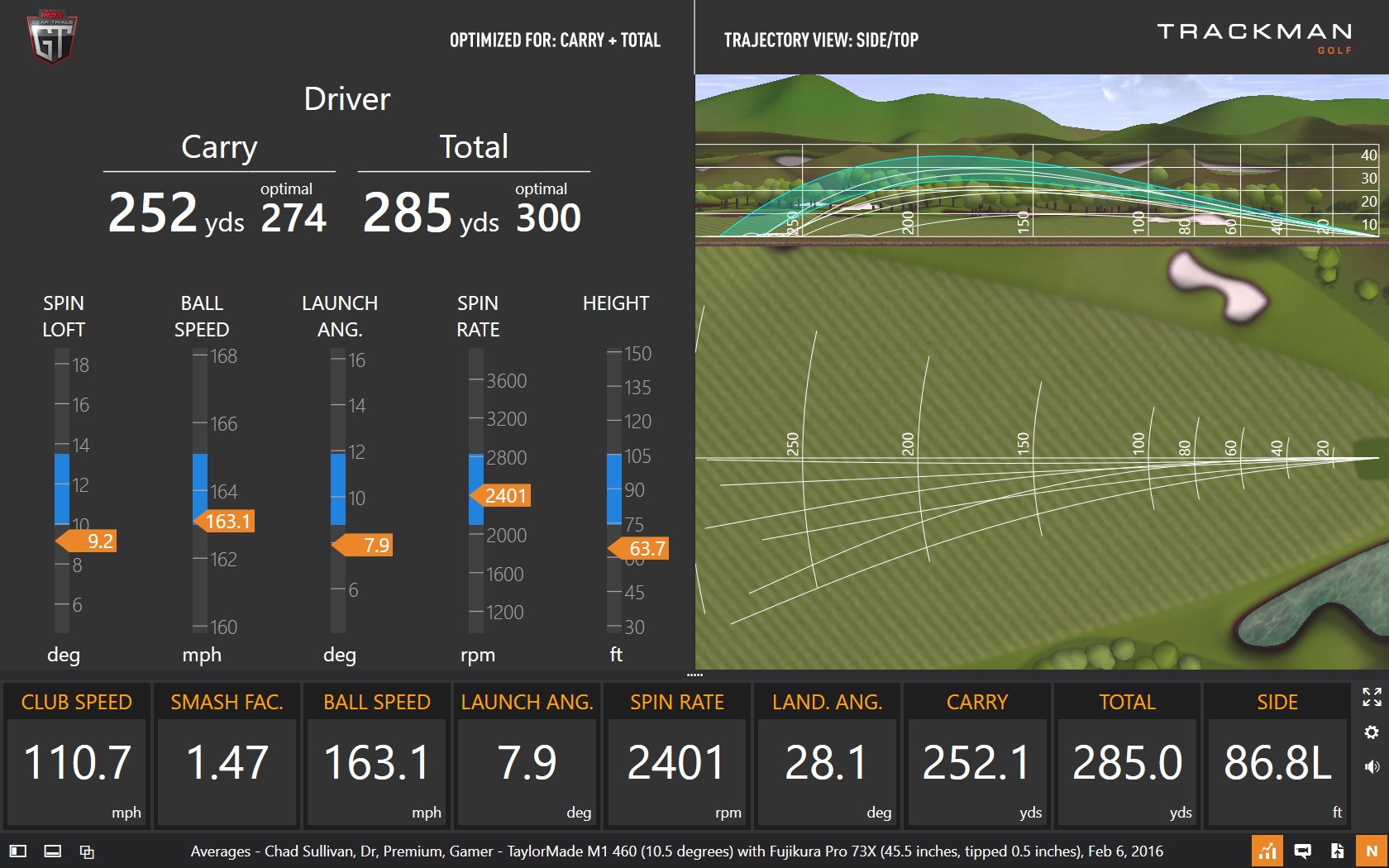
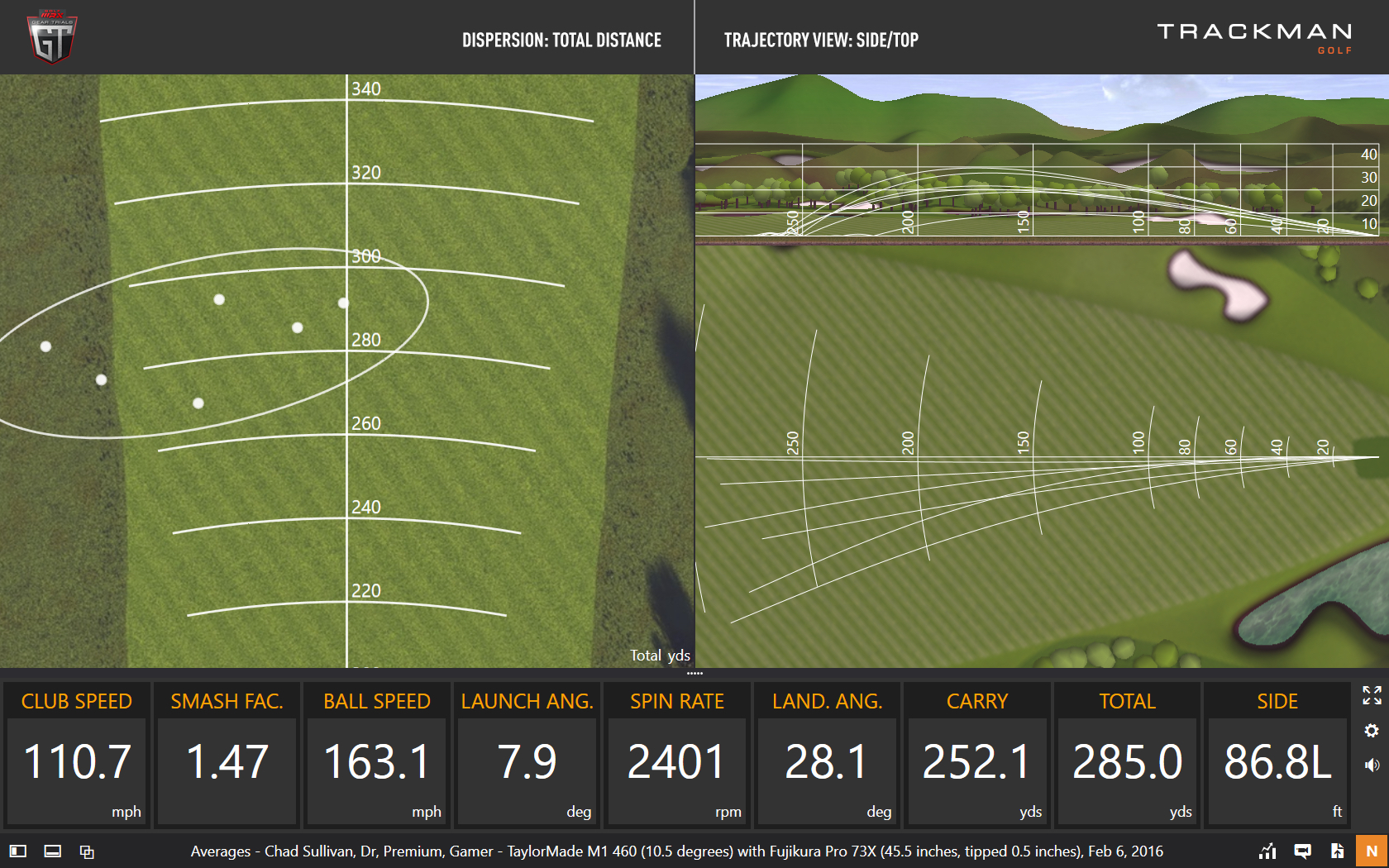
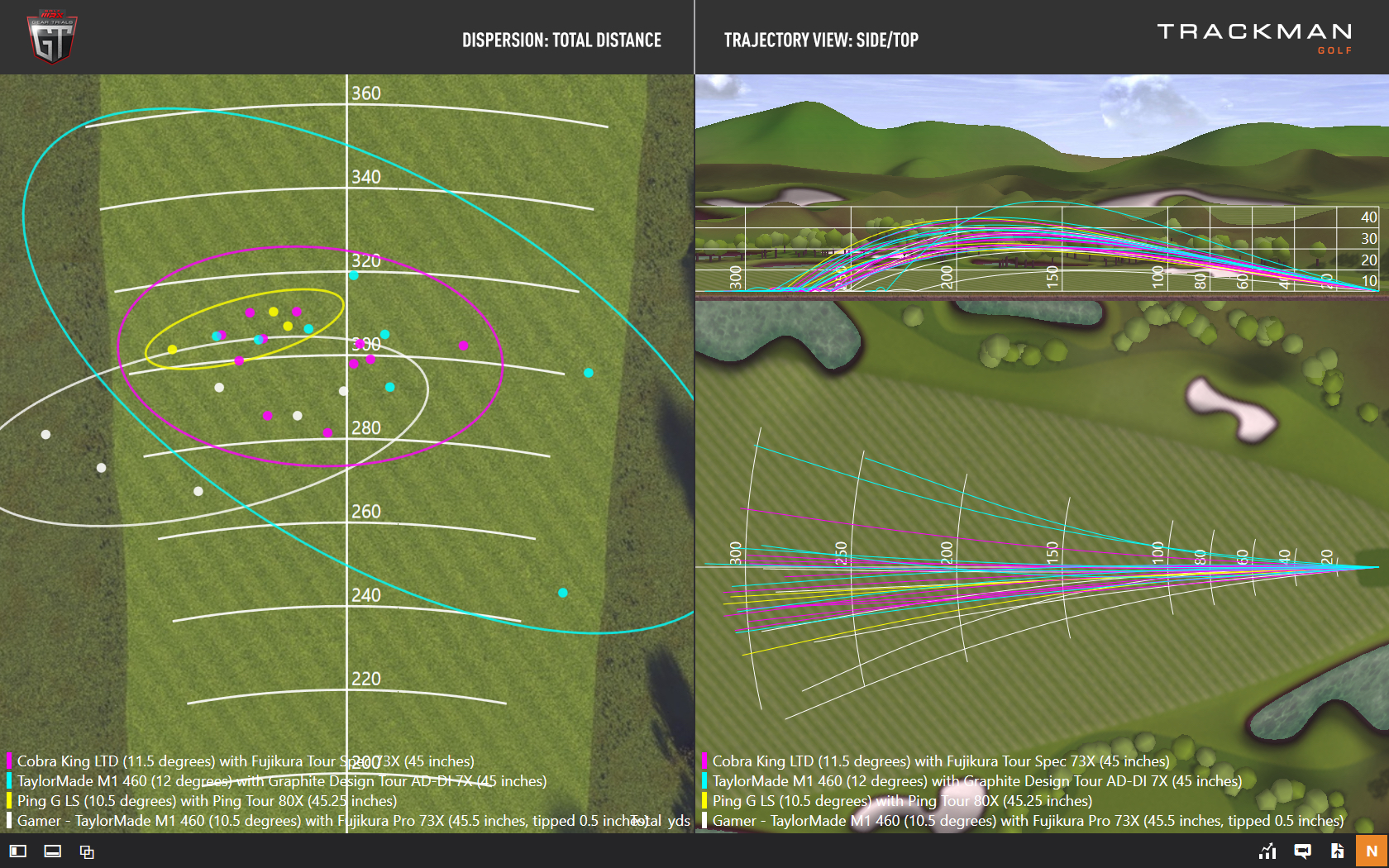
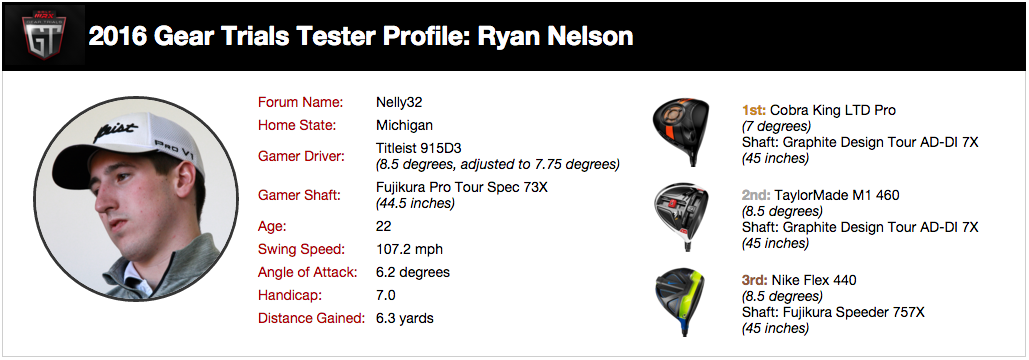
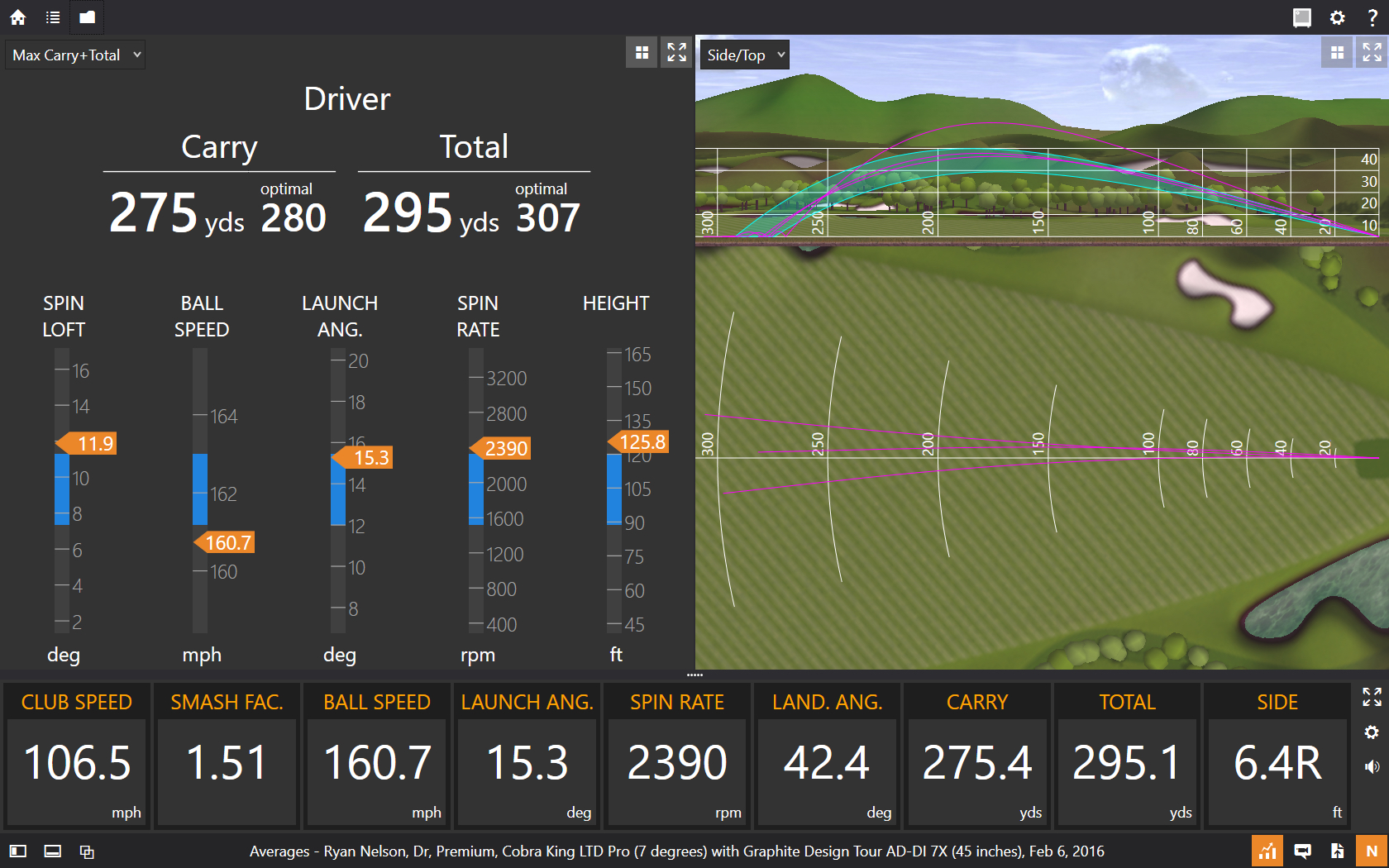
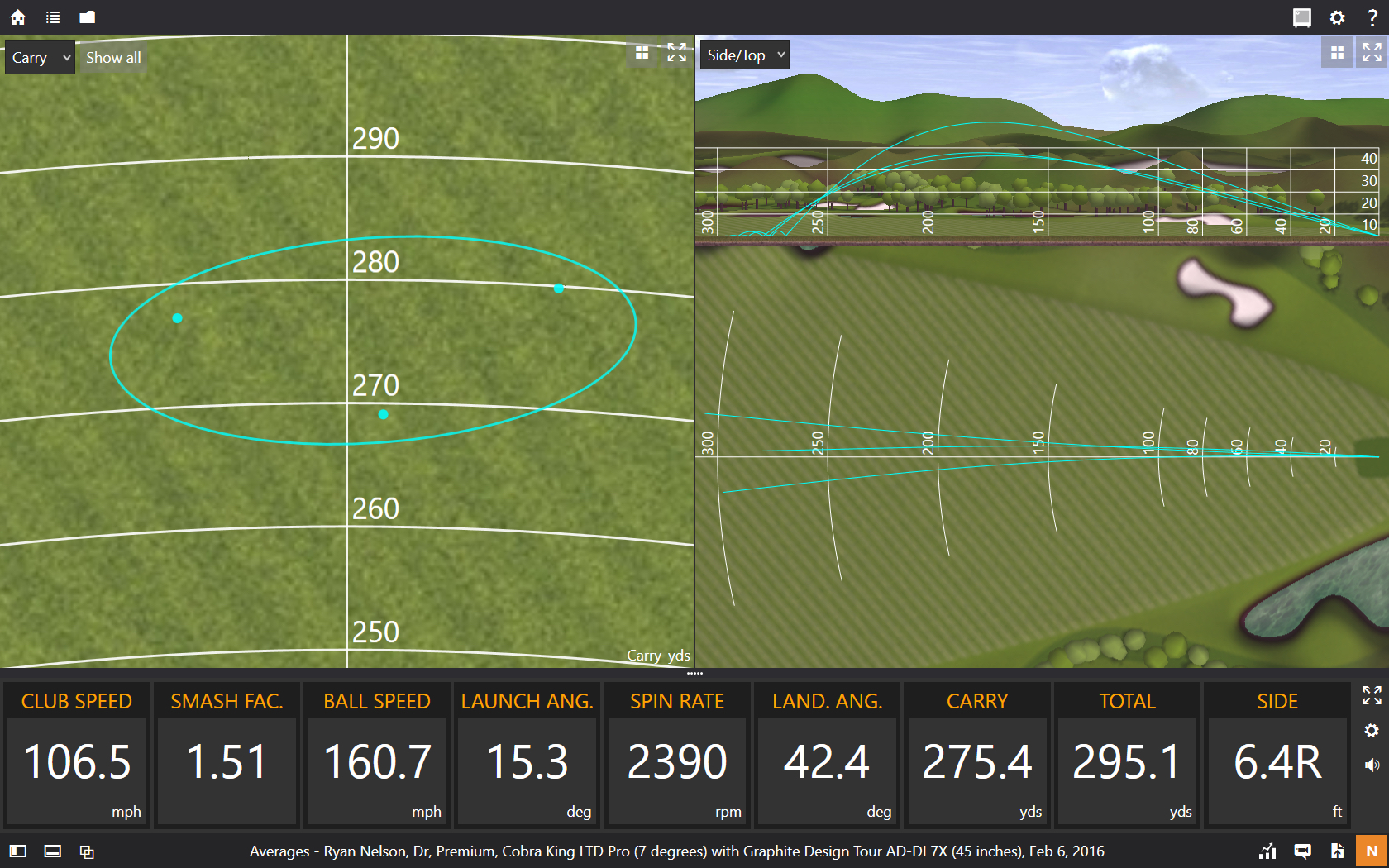
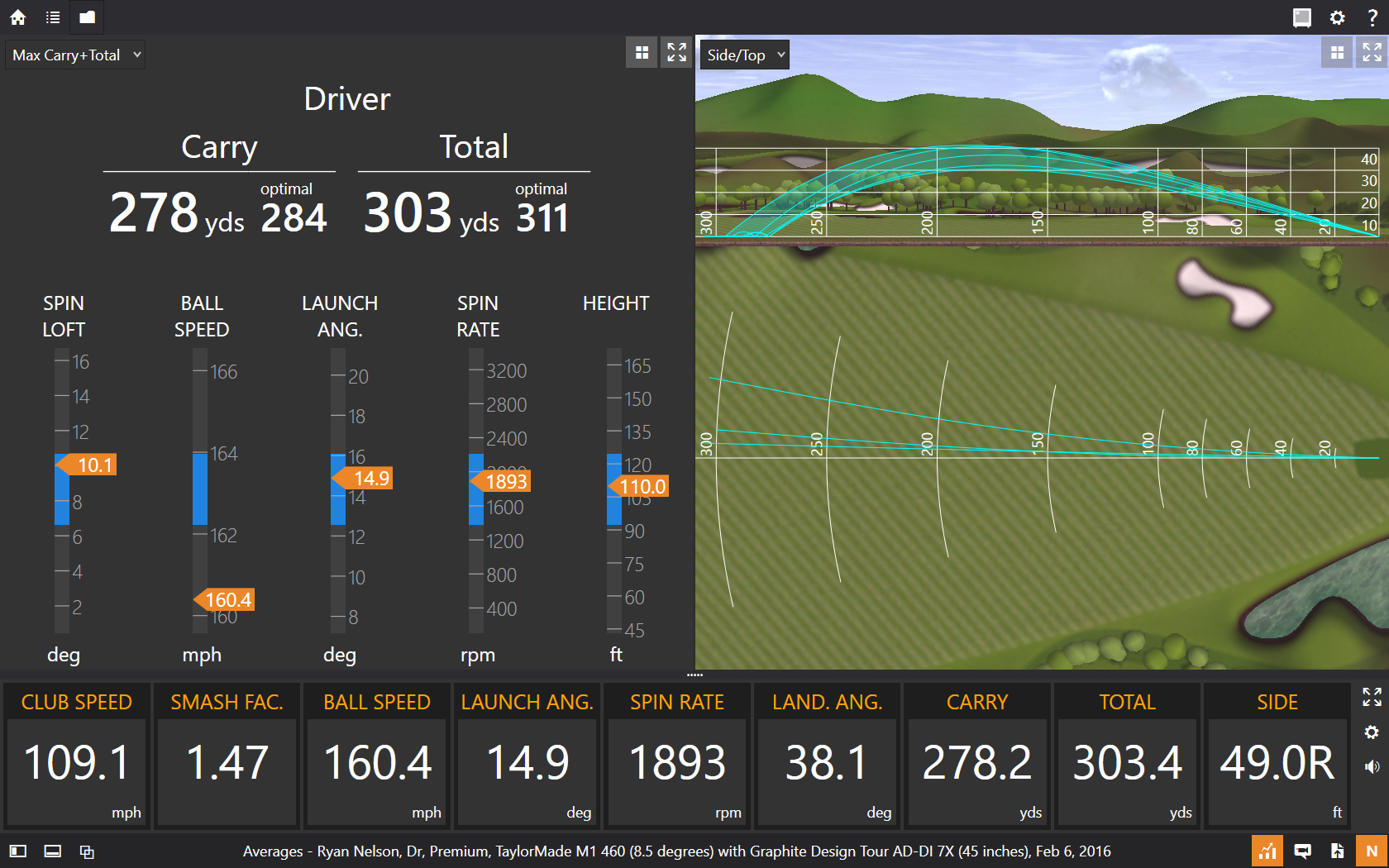
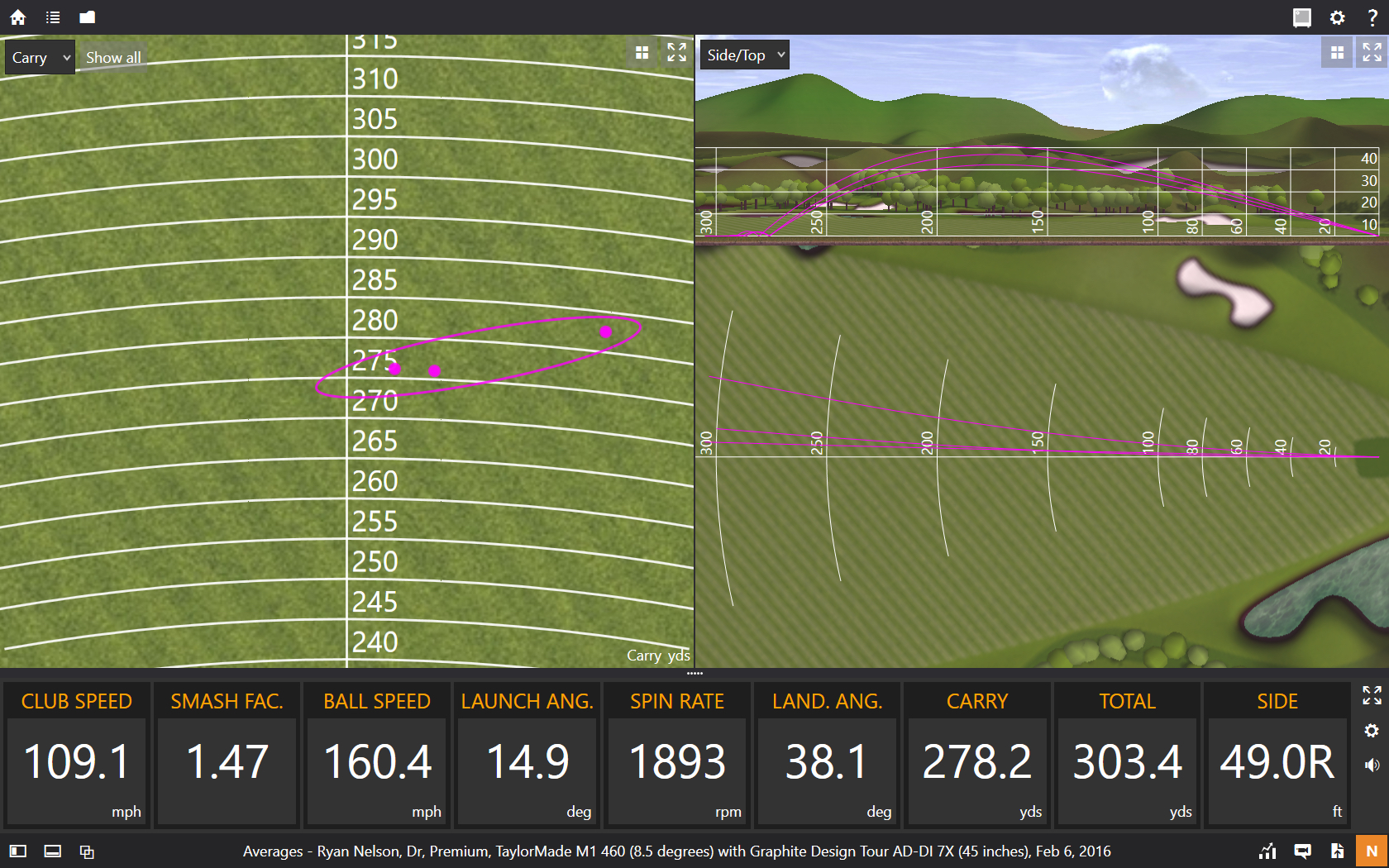
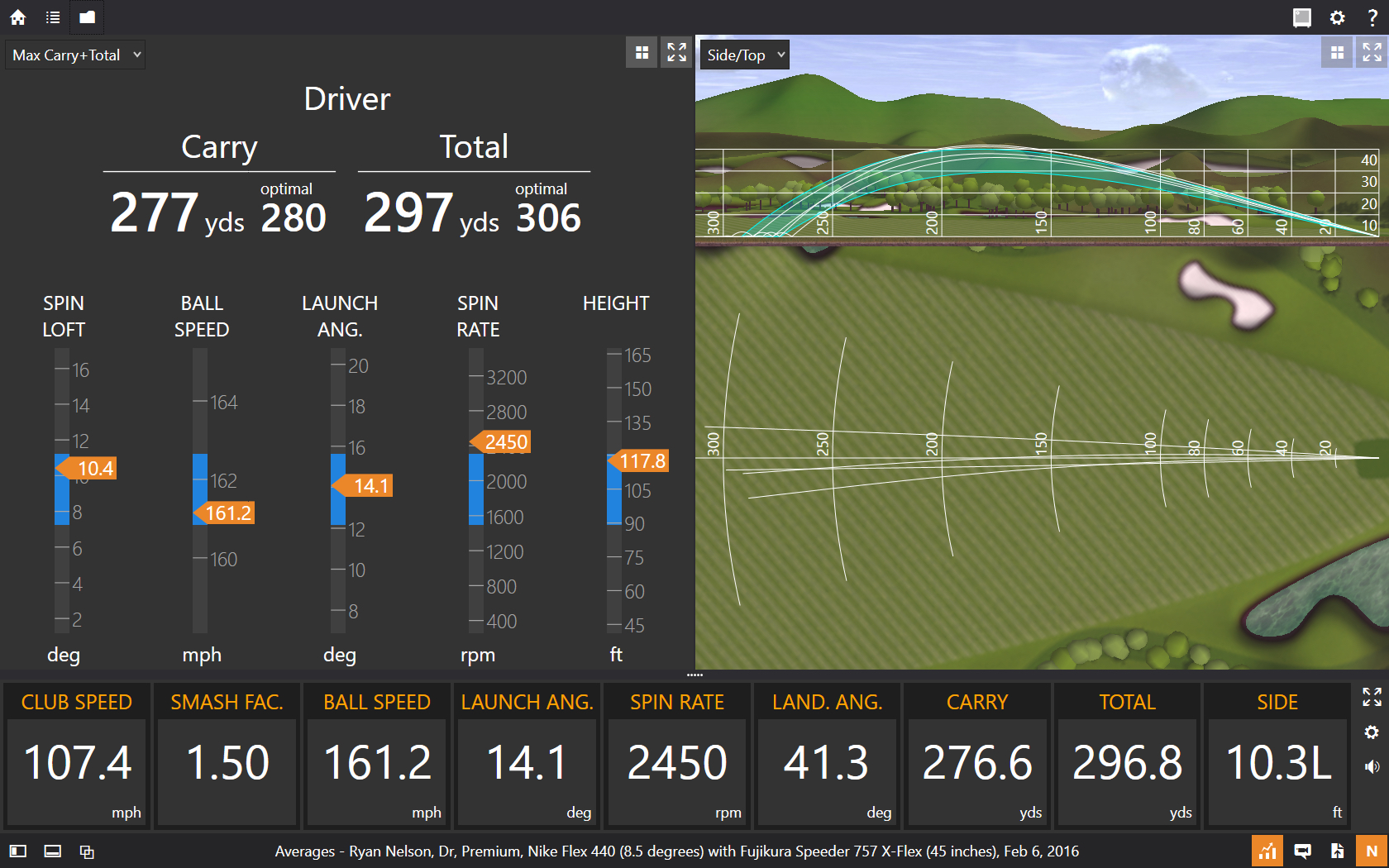
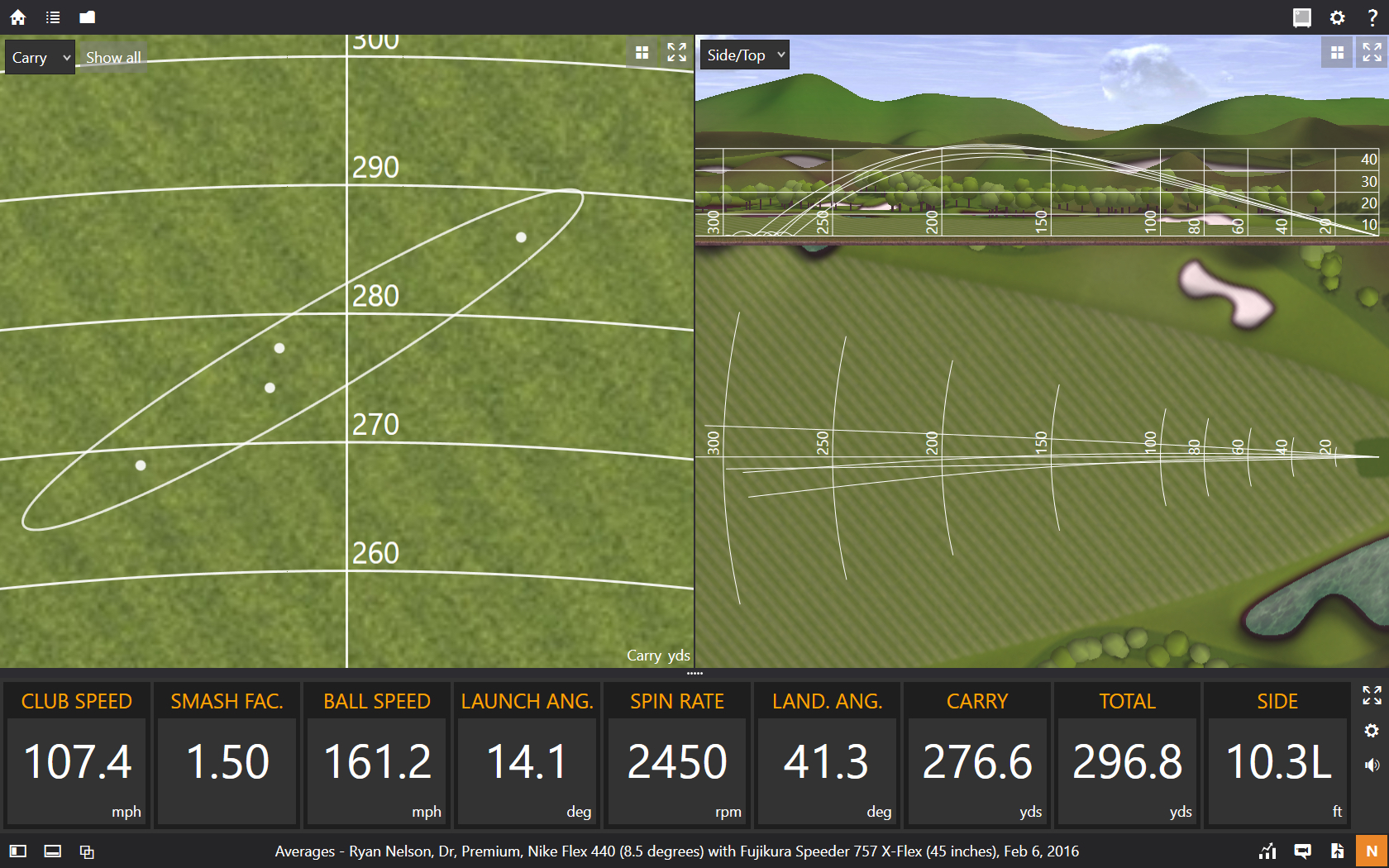
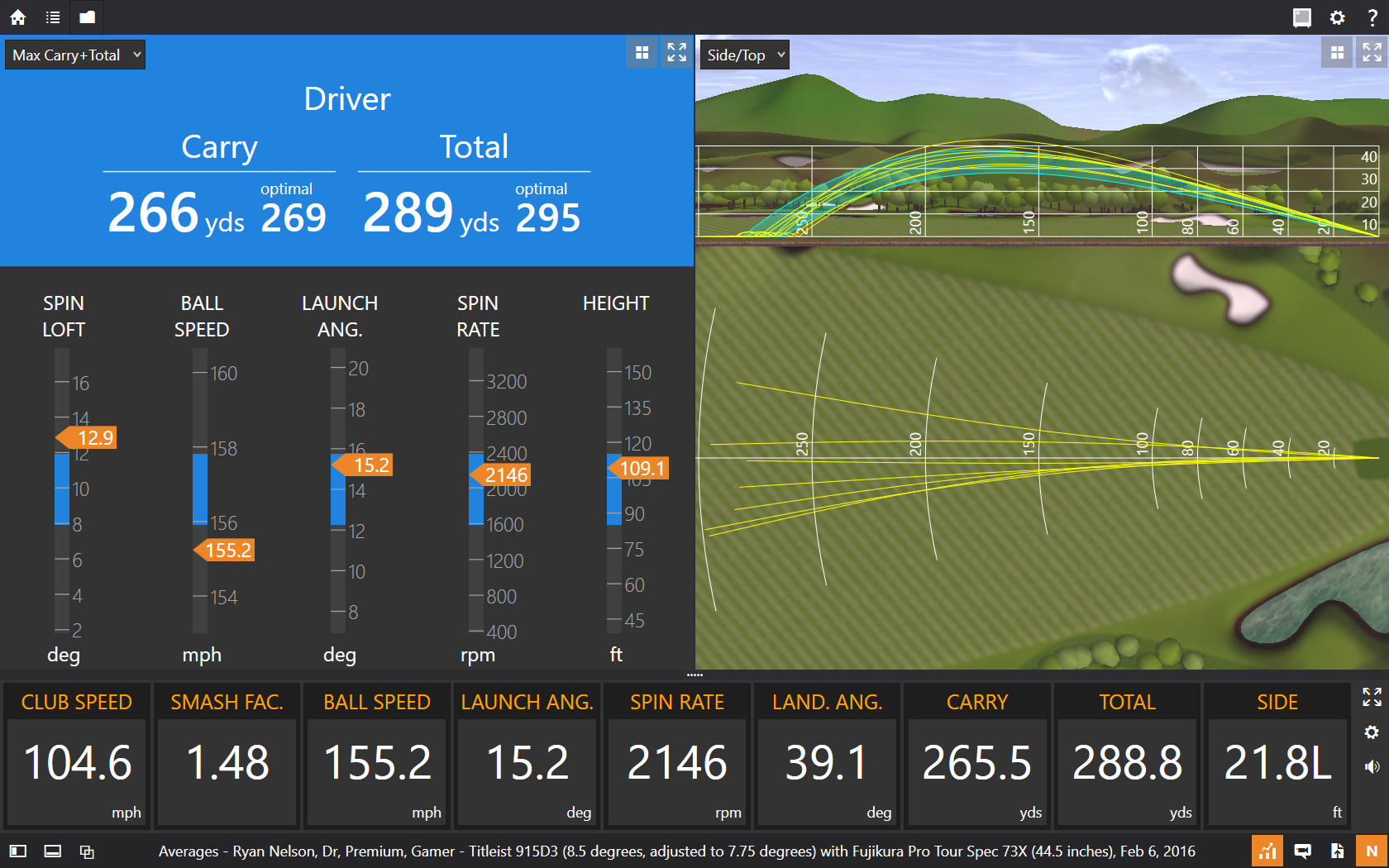
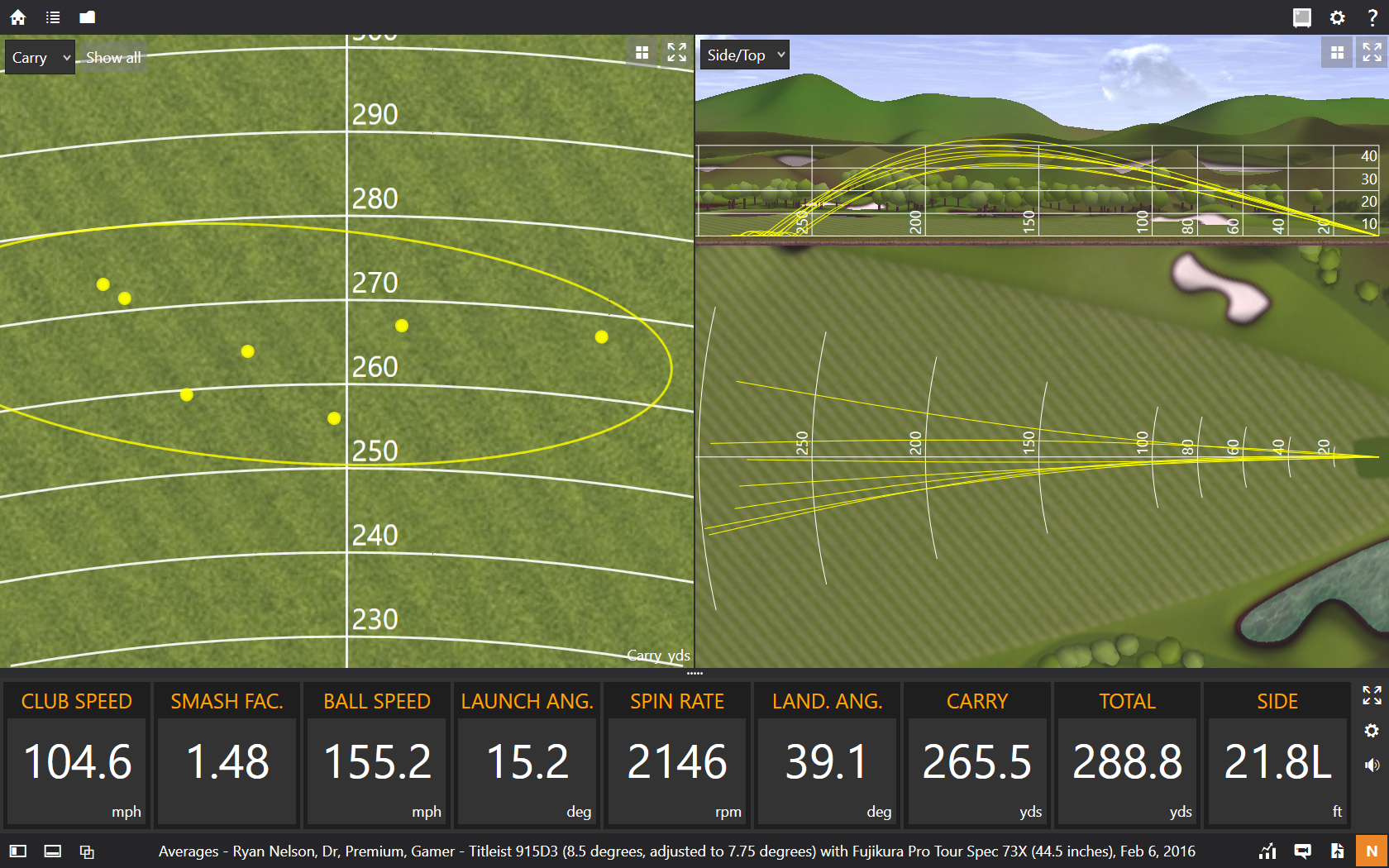
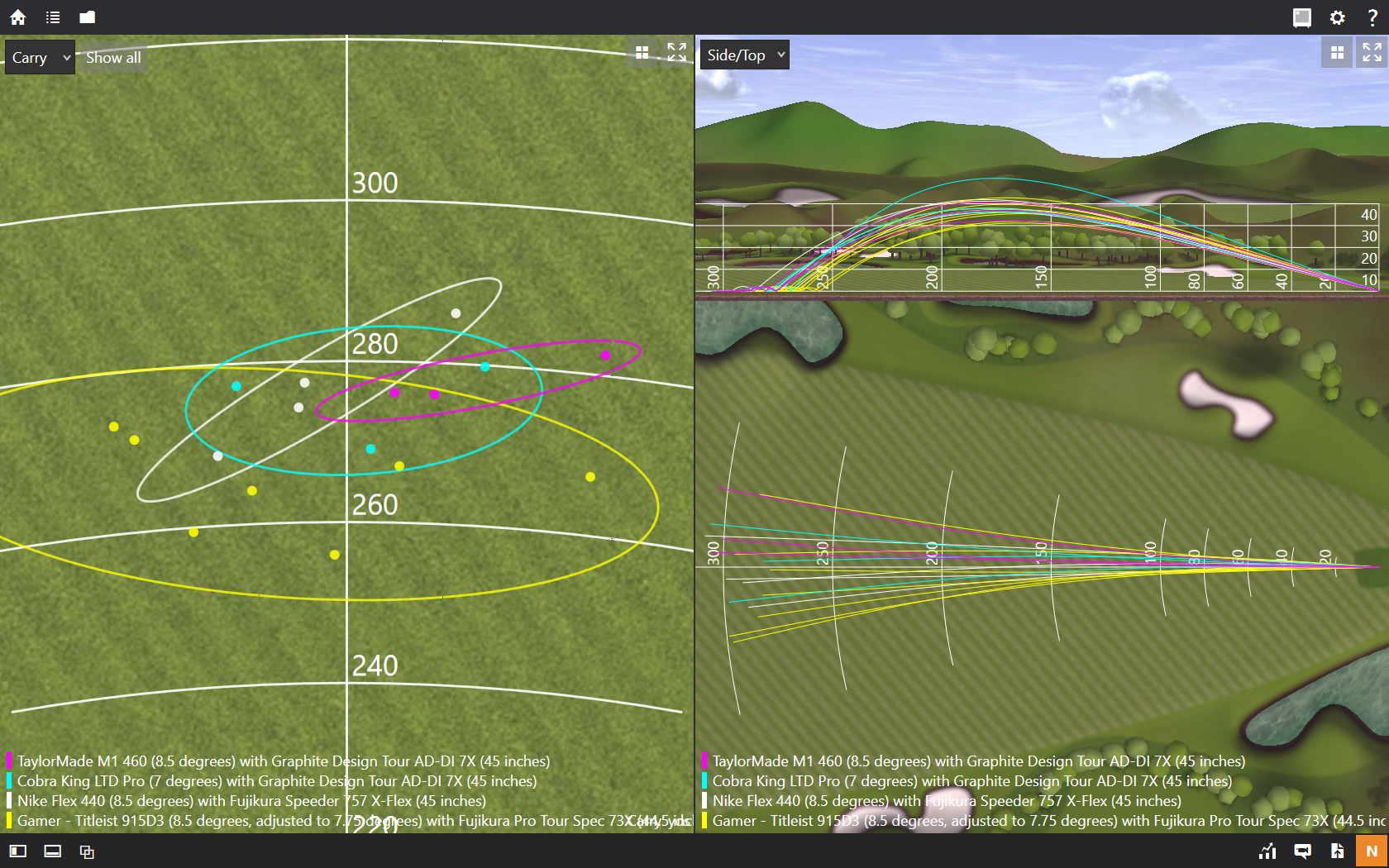















RP Jacobs II
Mar 4, 2016 at 6:57 pm
Excellent job Bro!!
Very Well Played!!
Have a Great Season!
Fairways & Greens My Friend,
RP